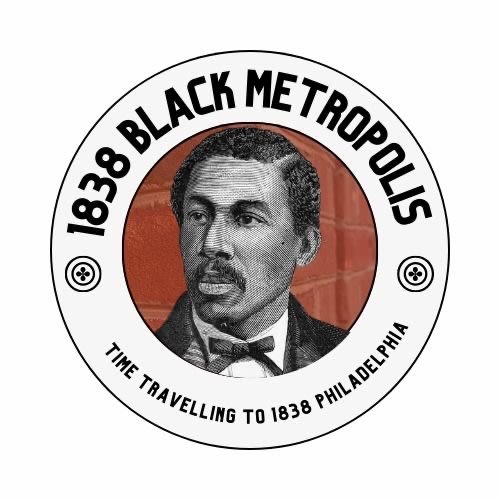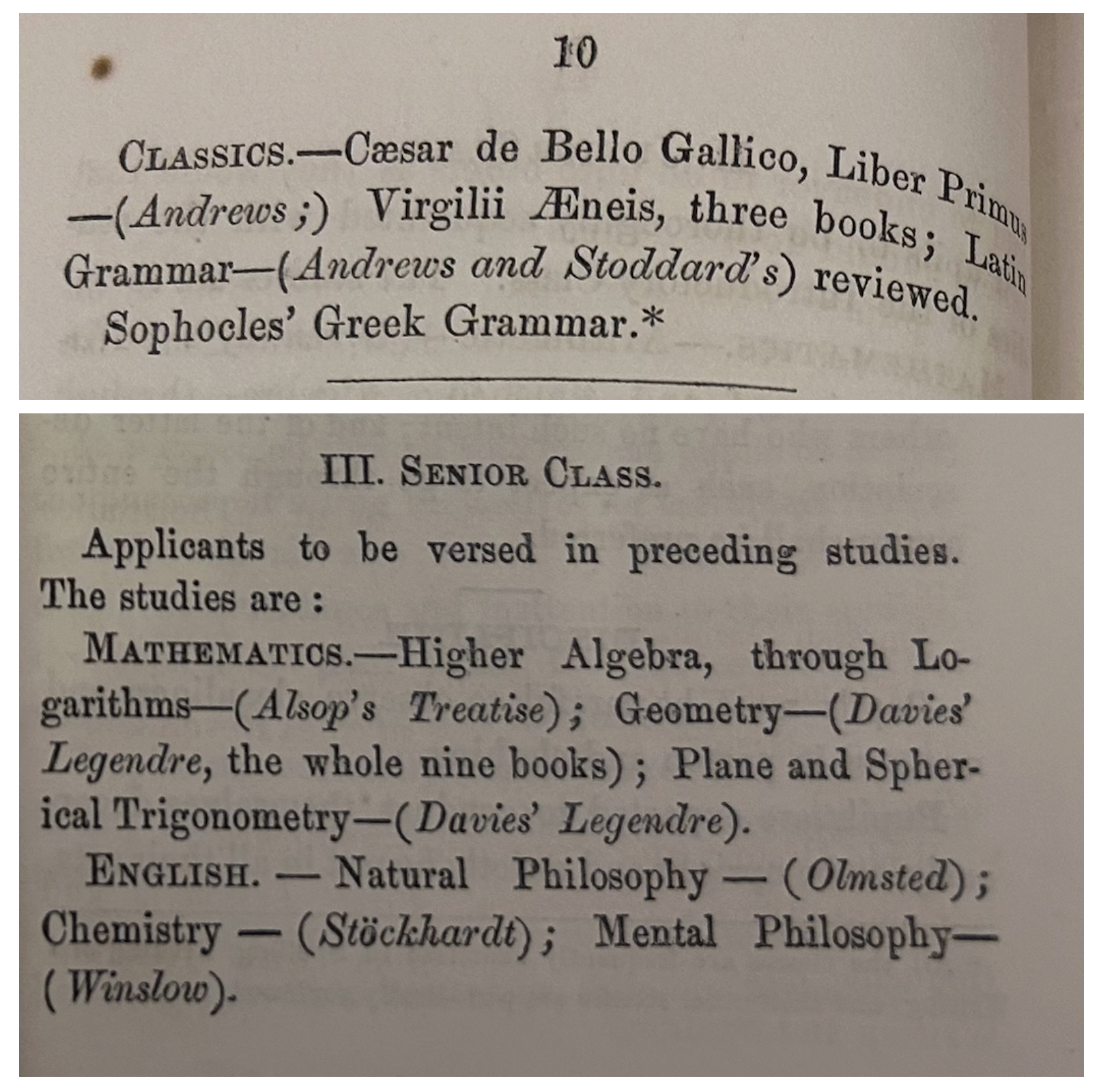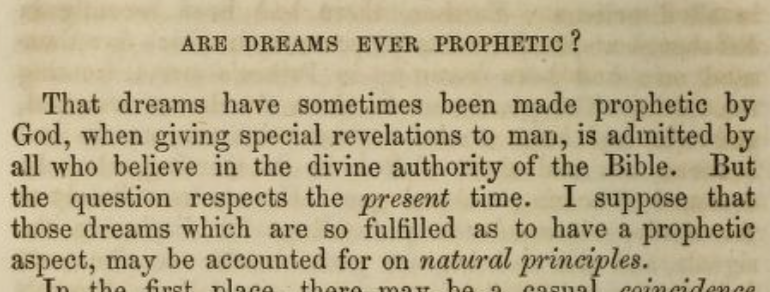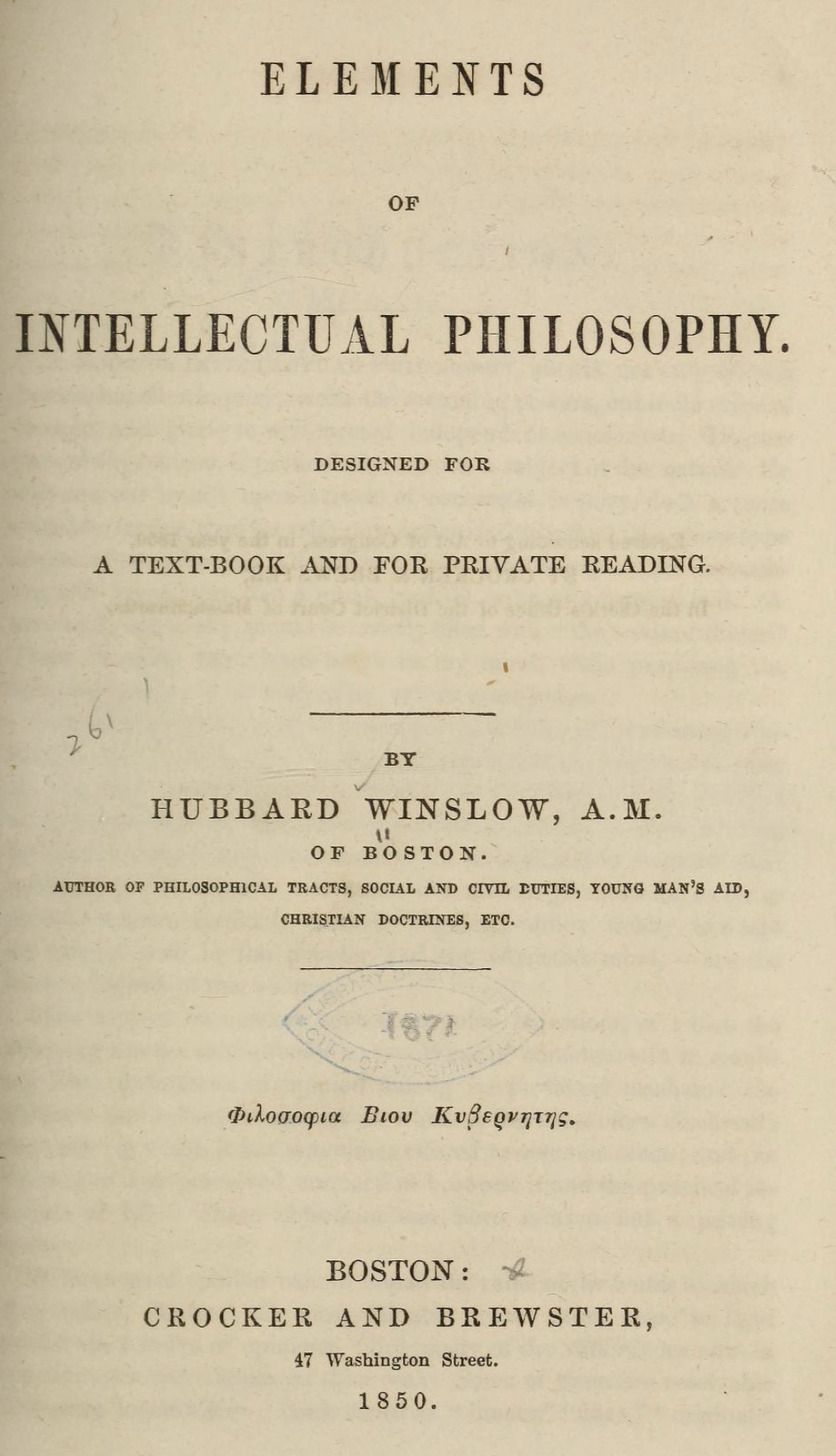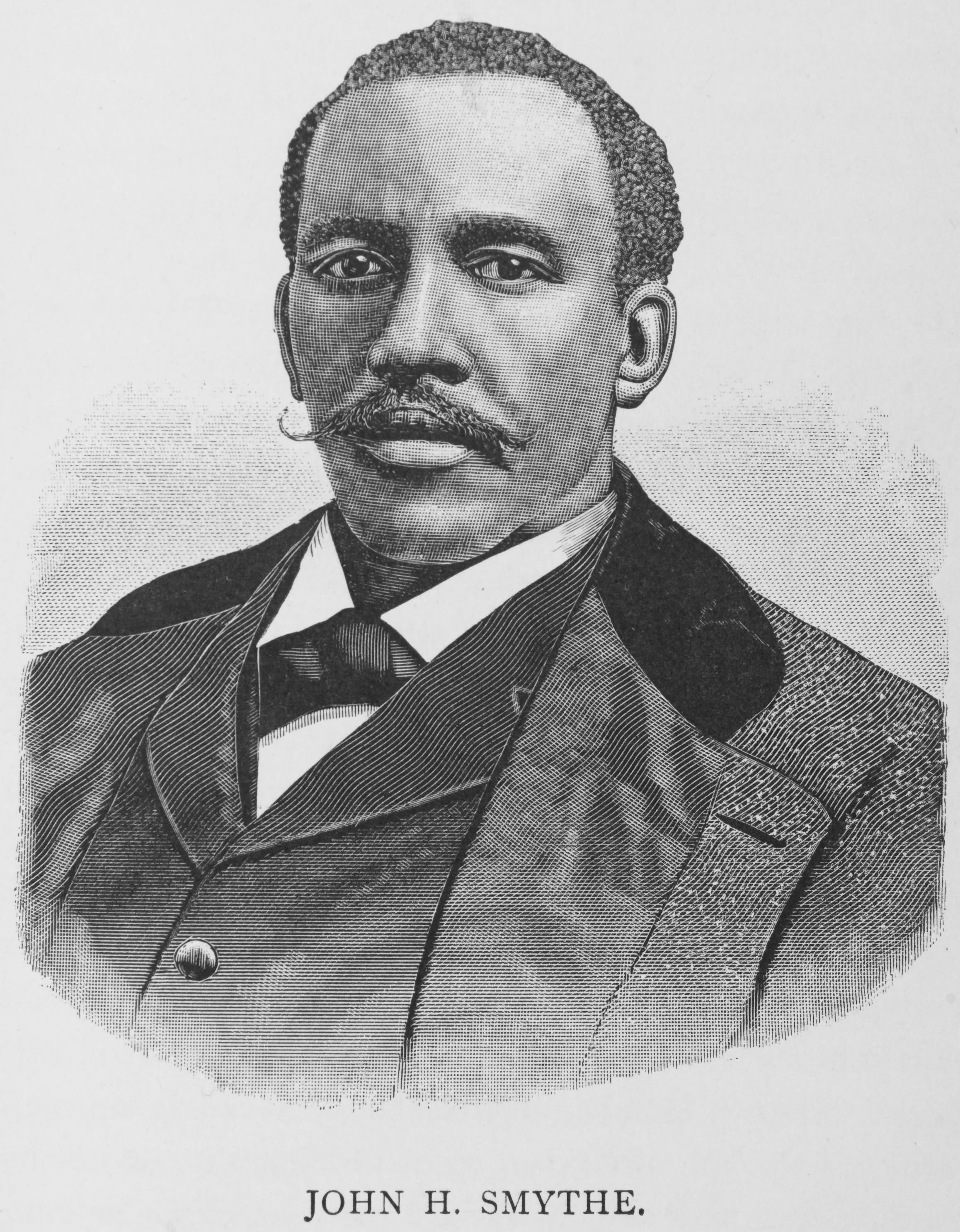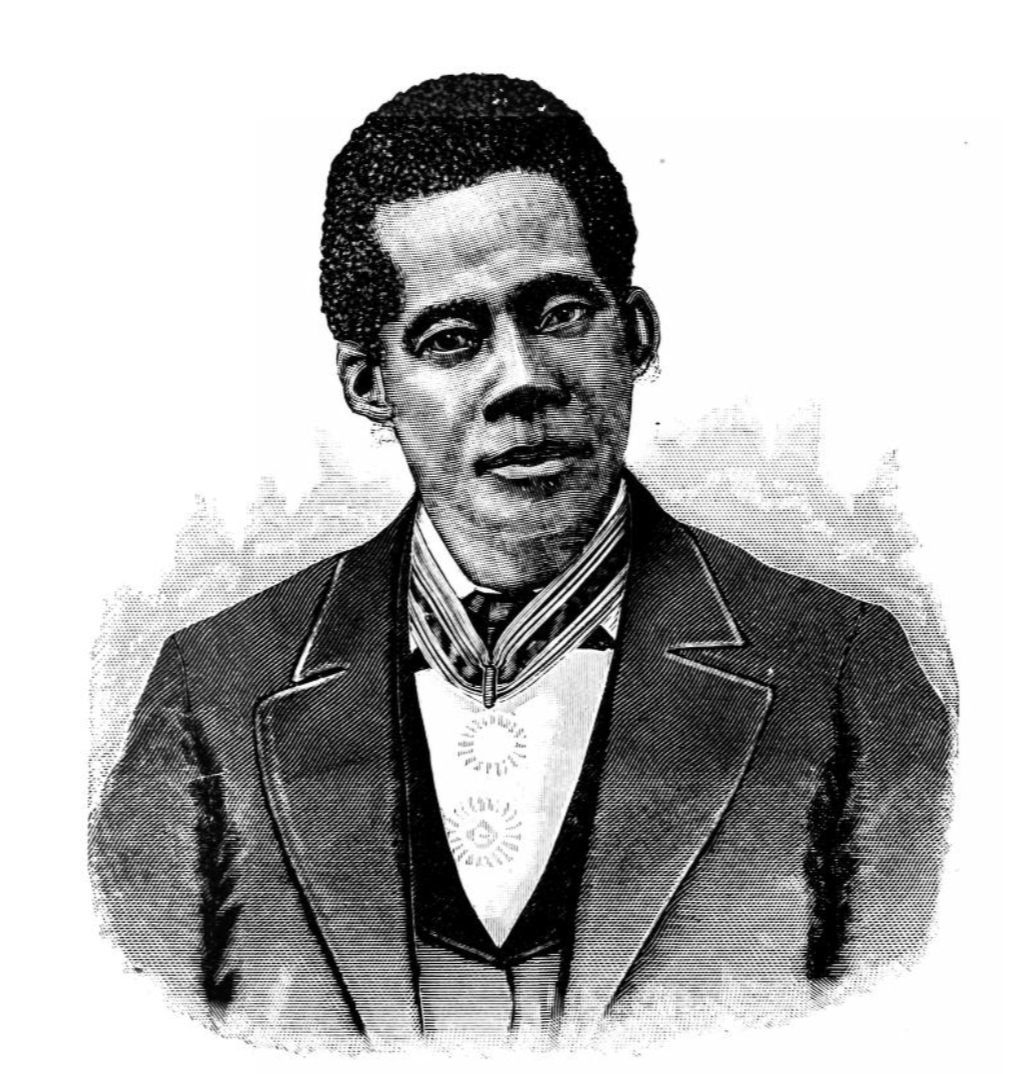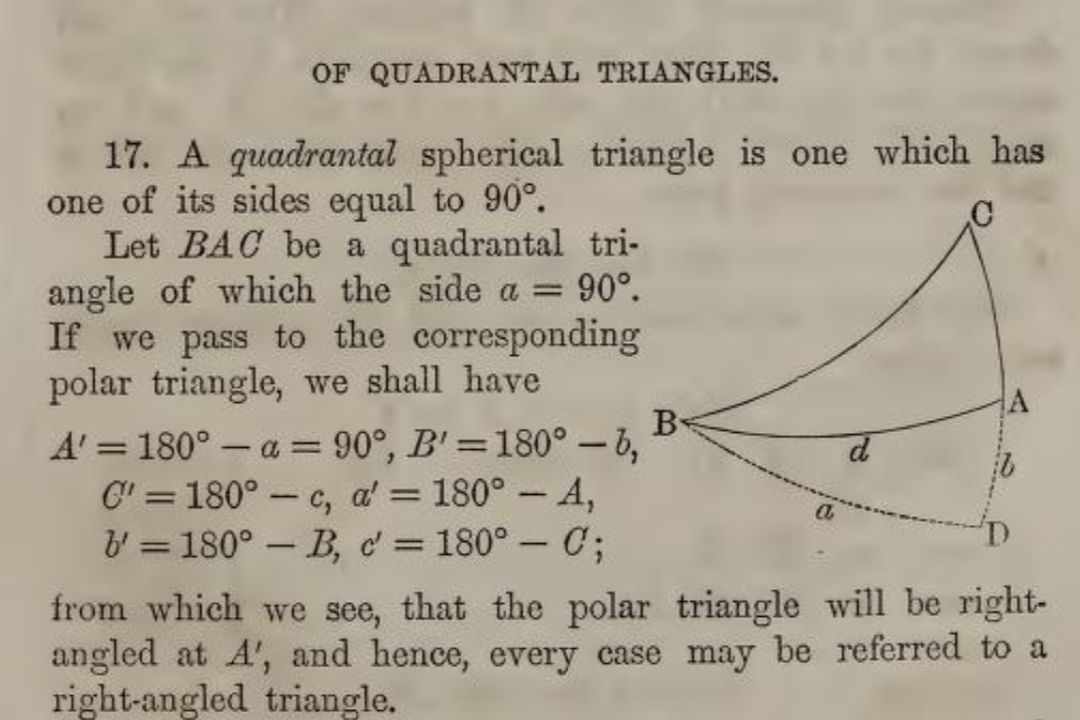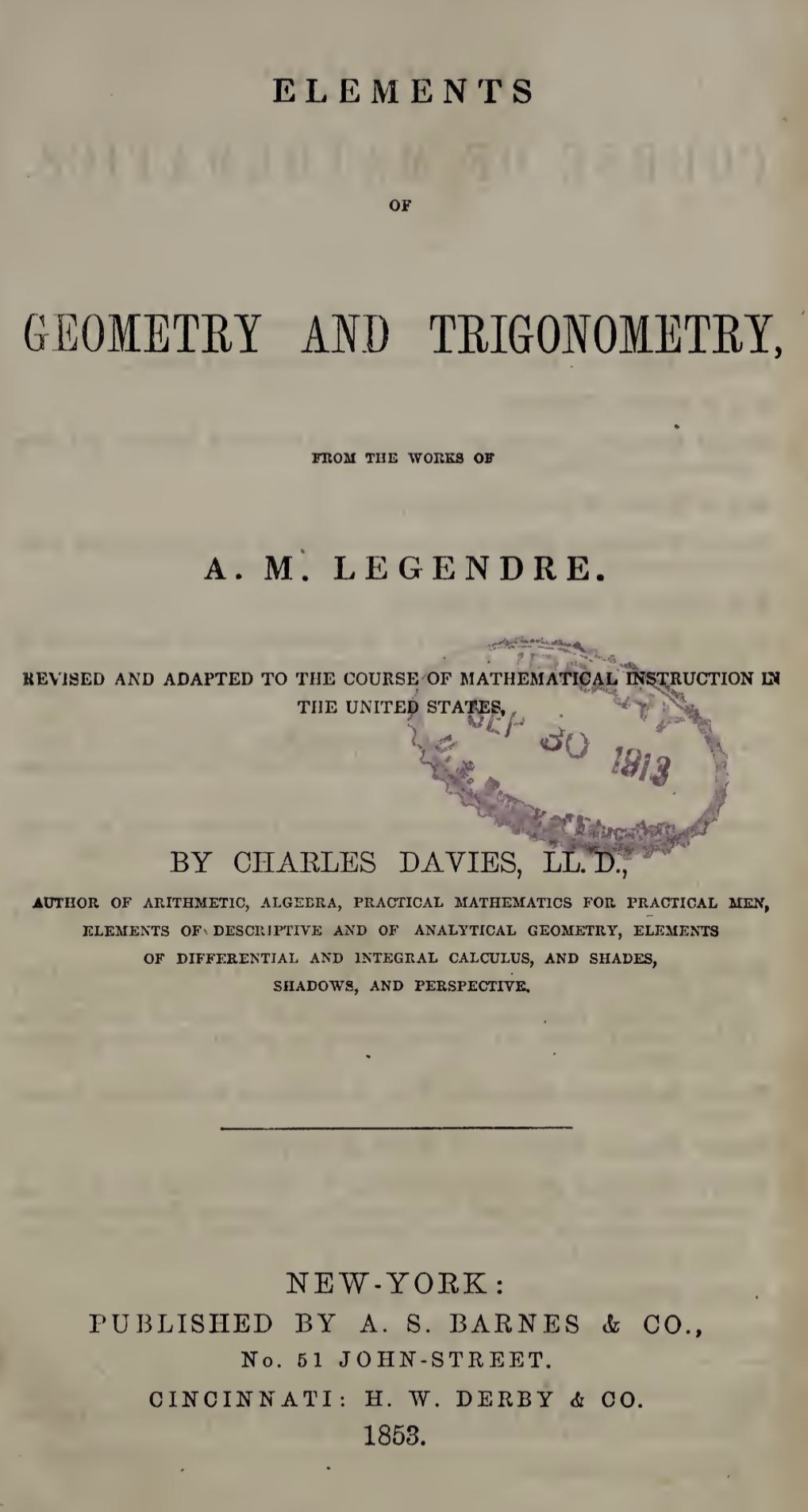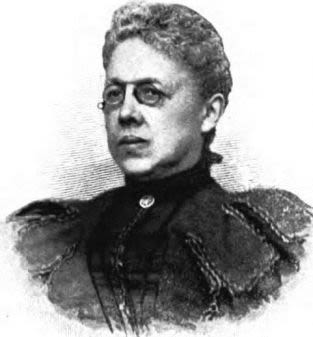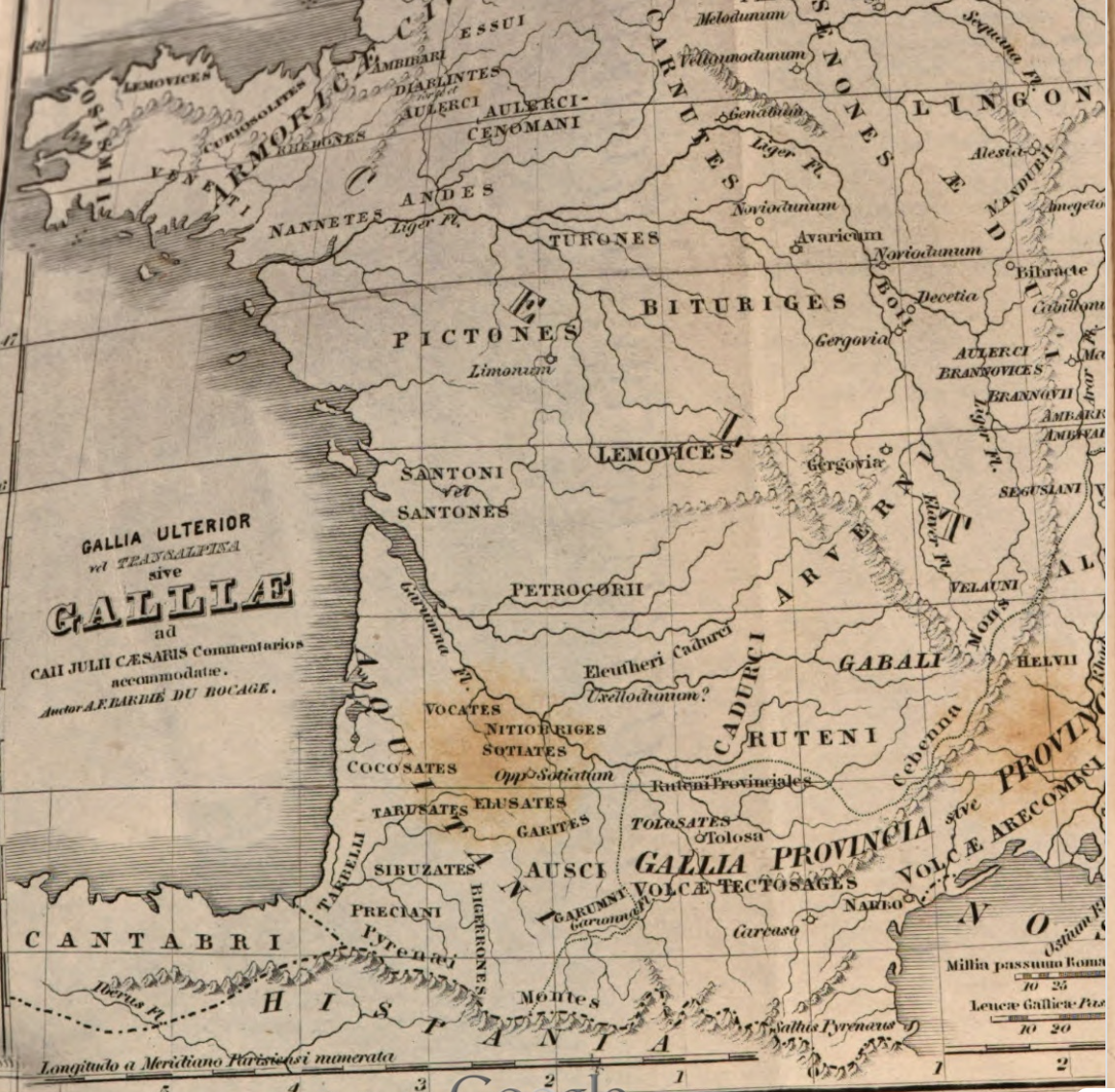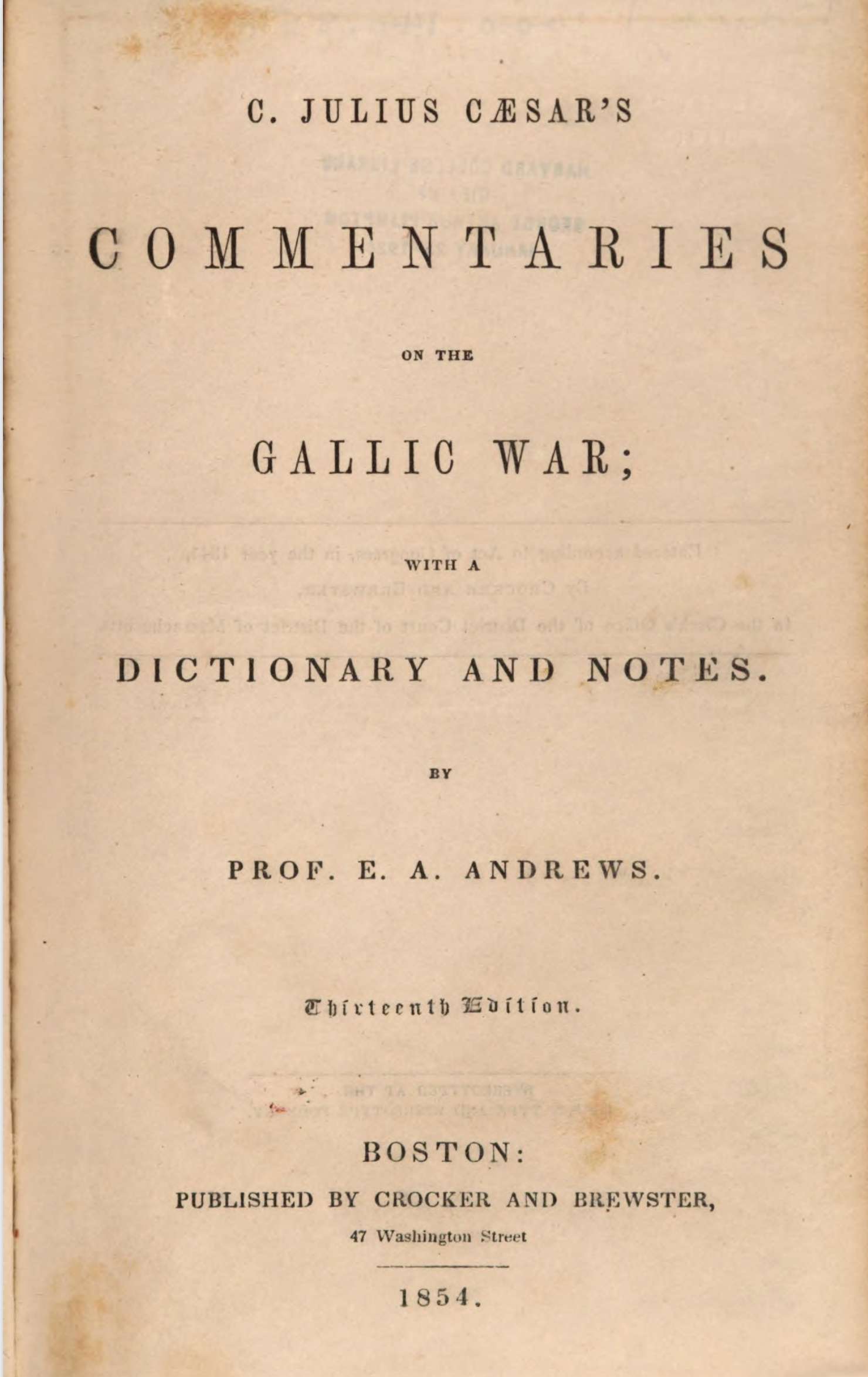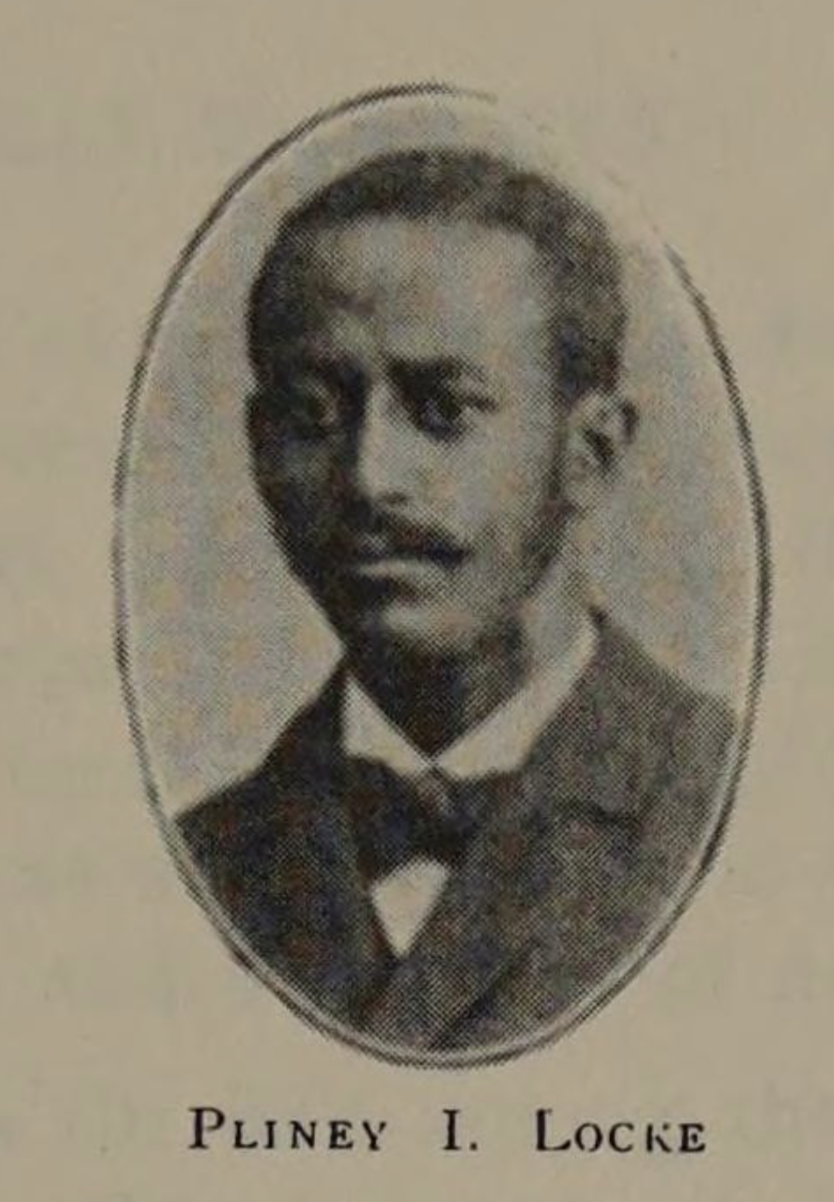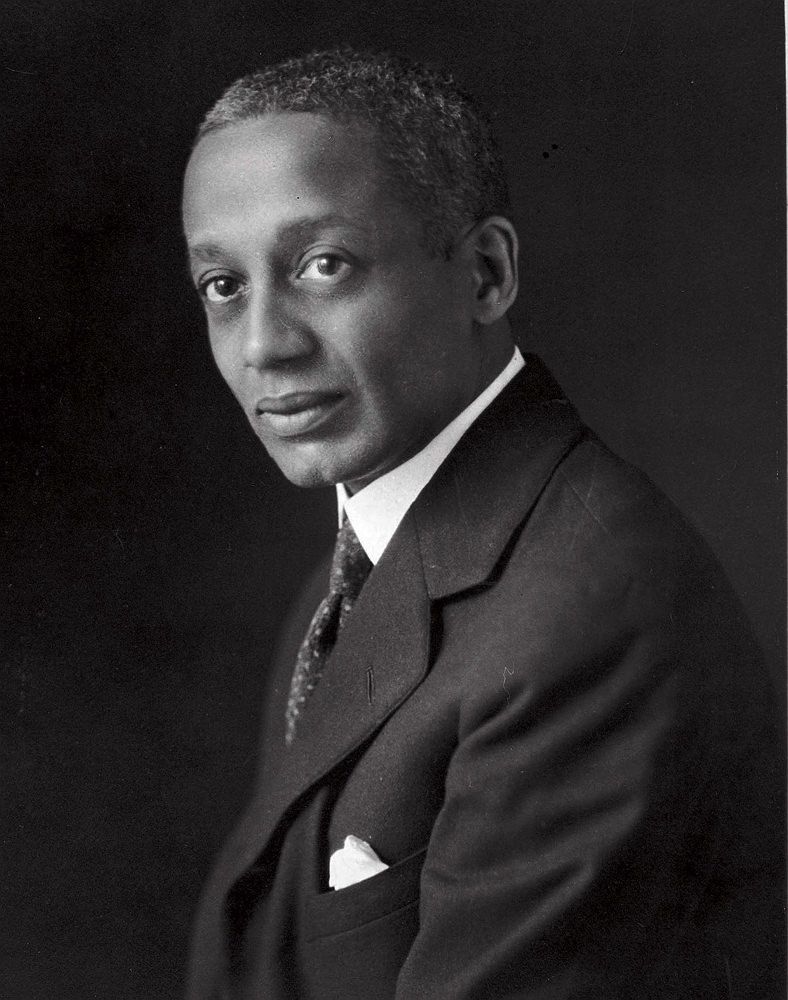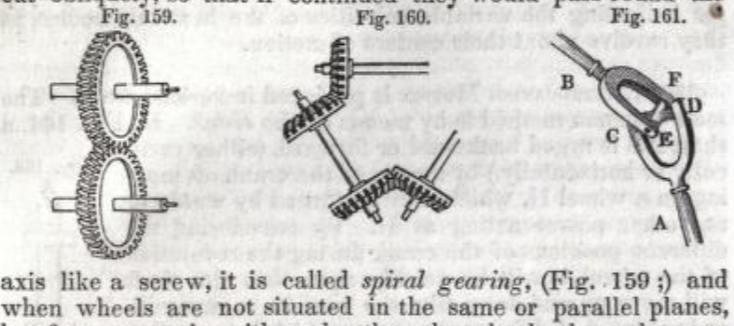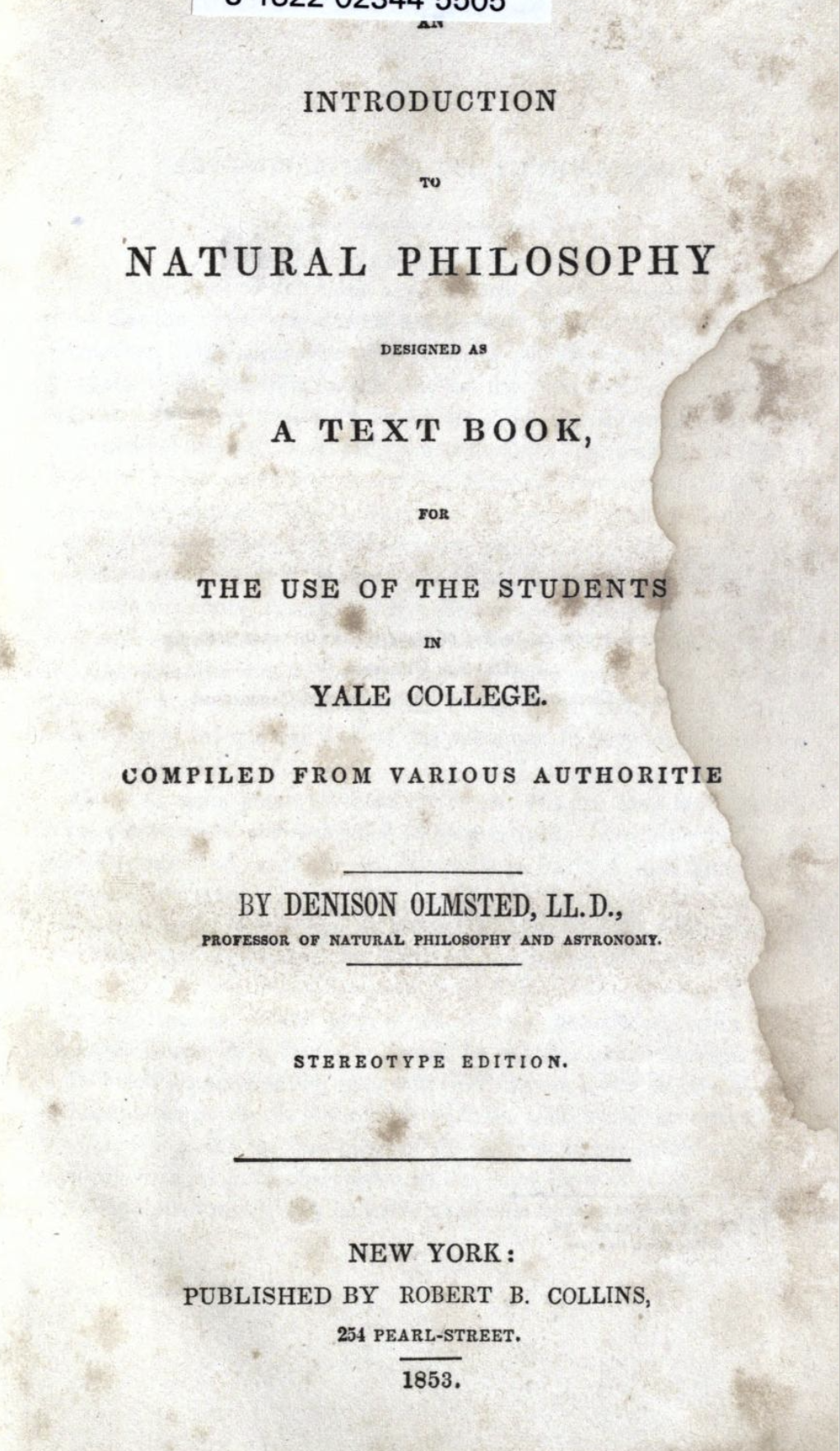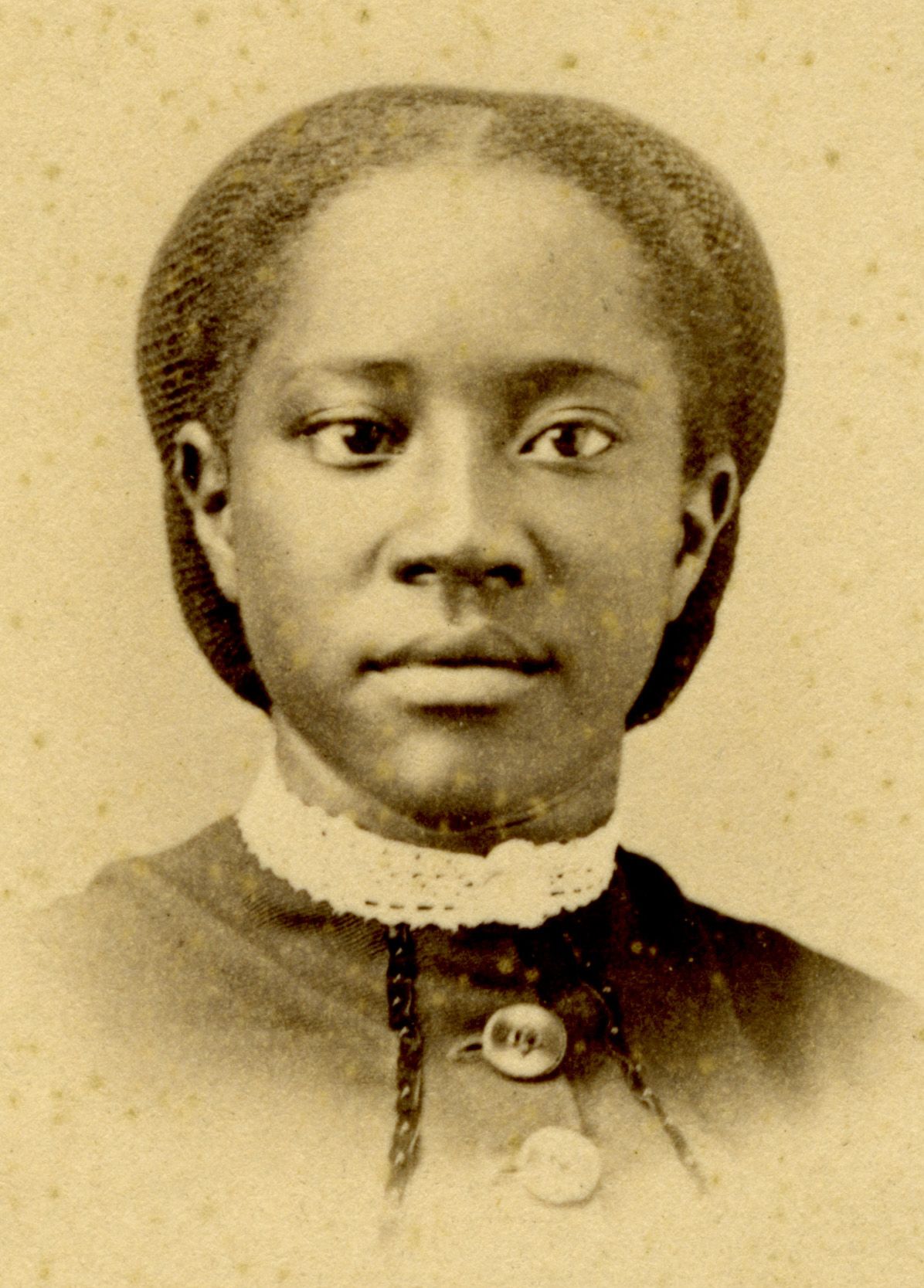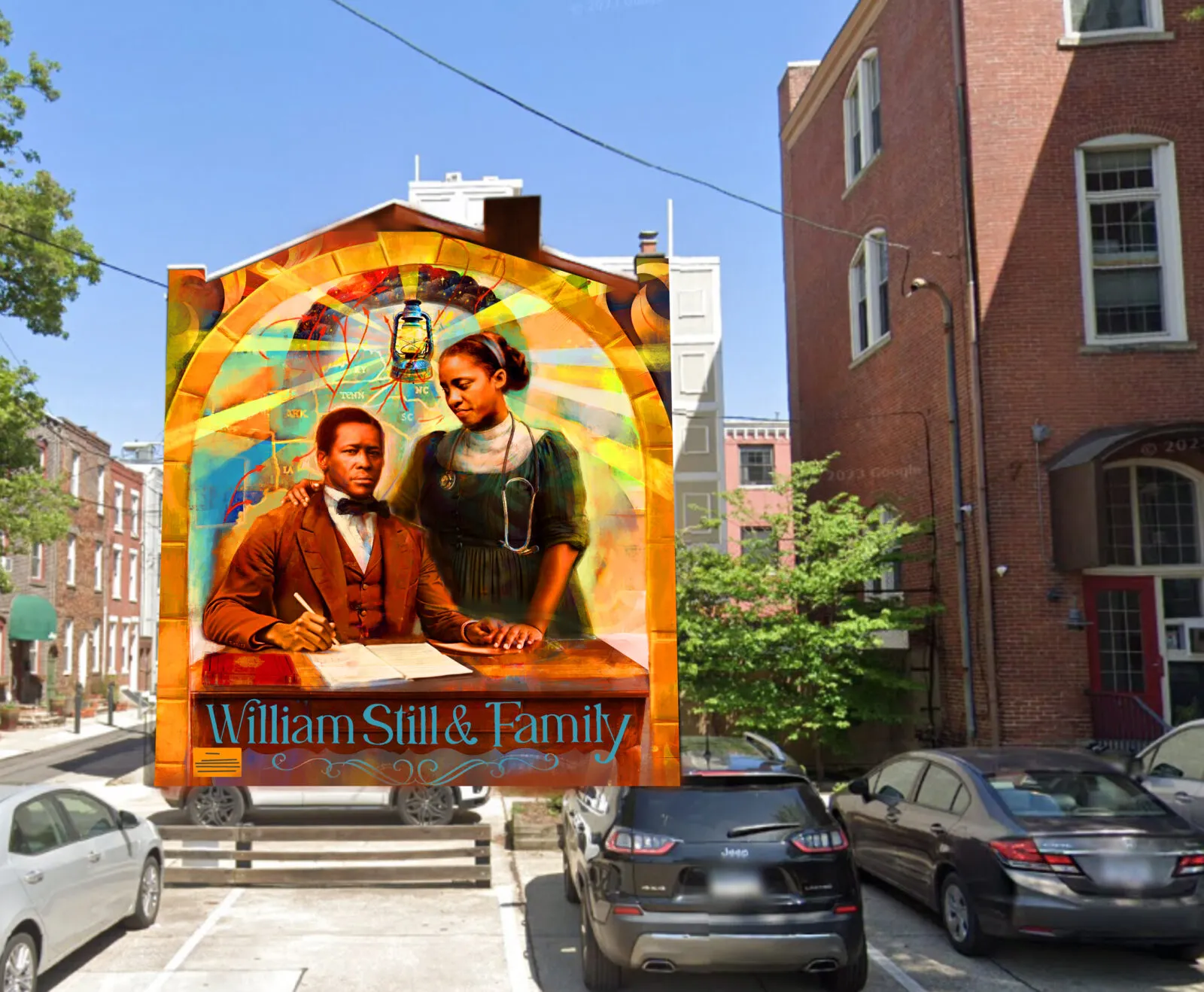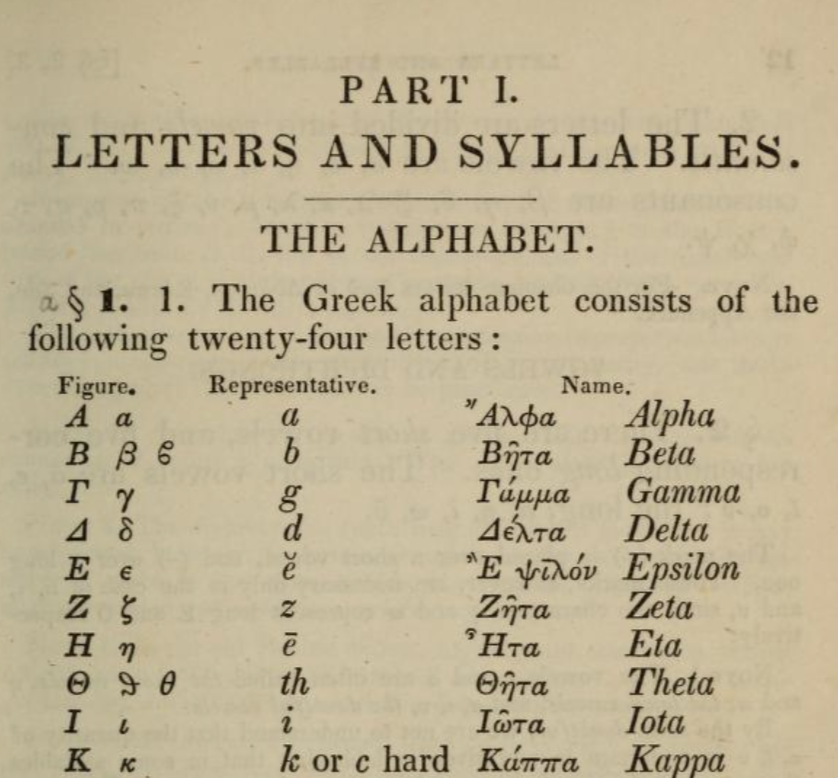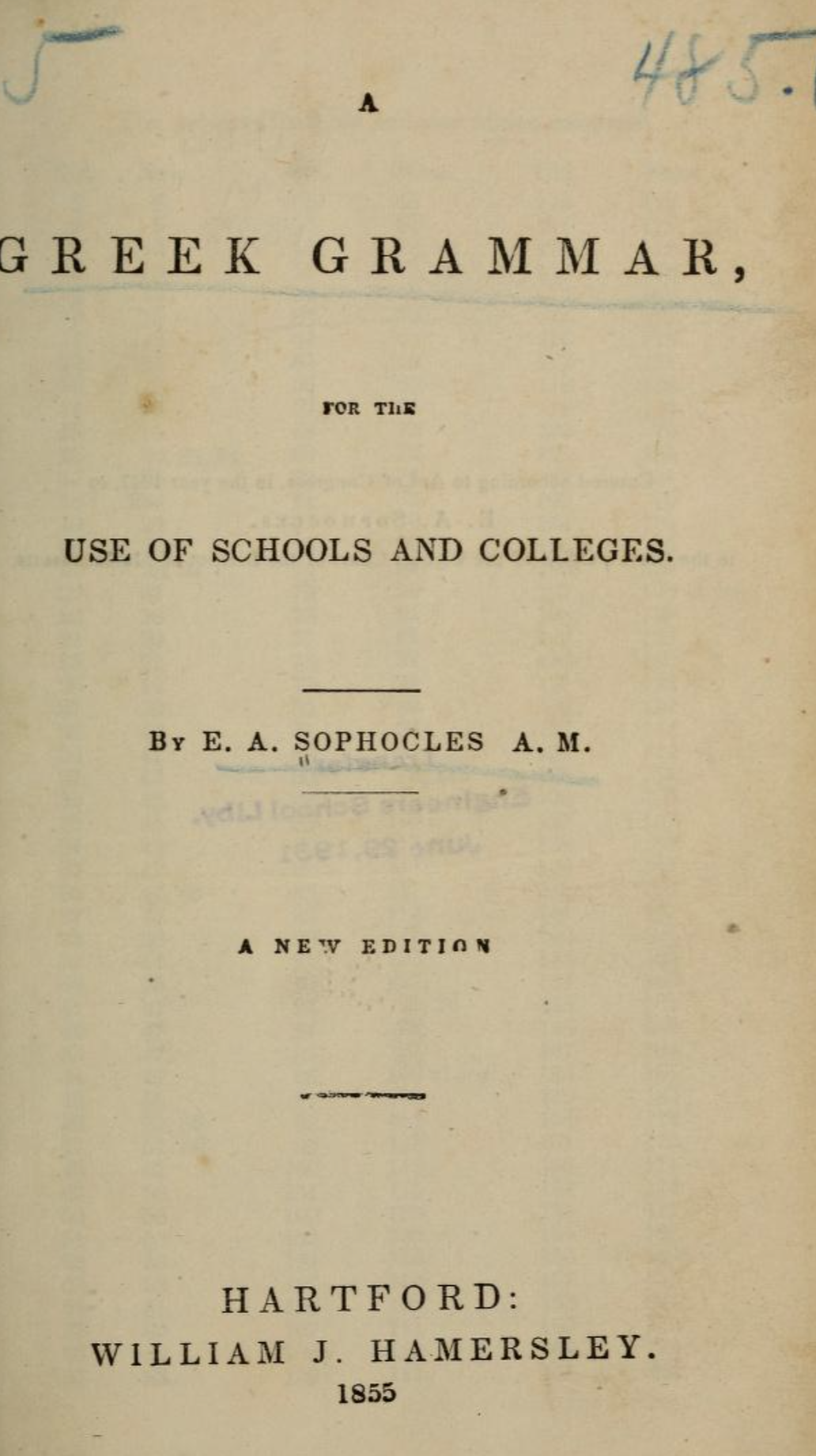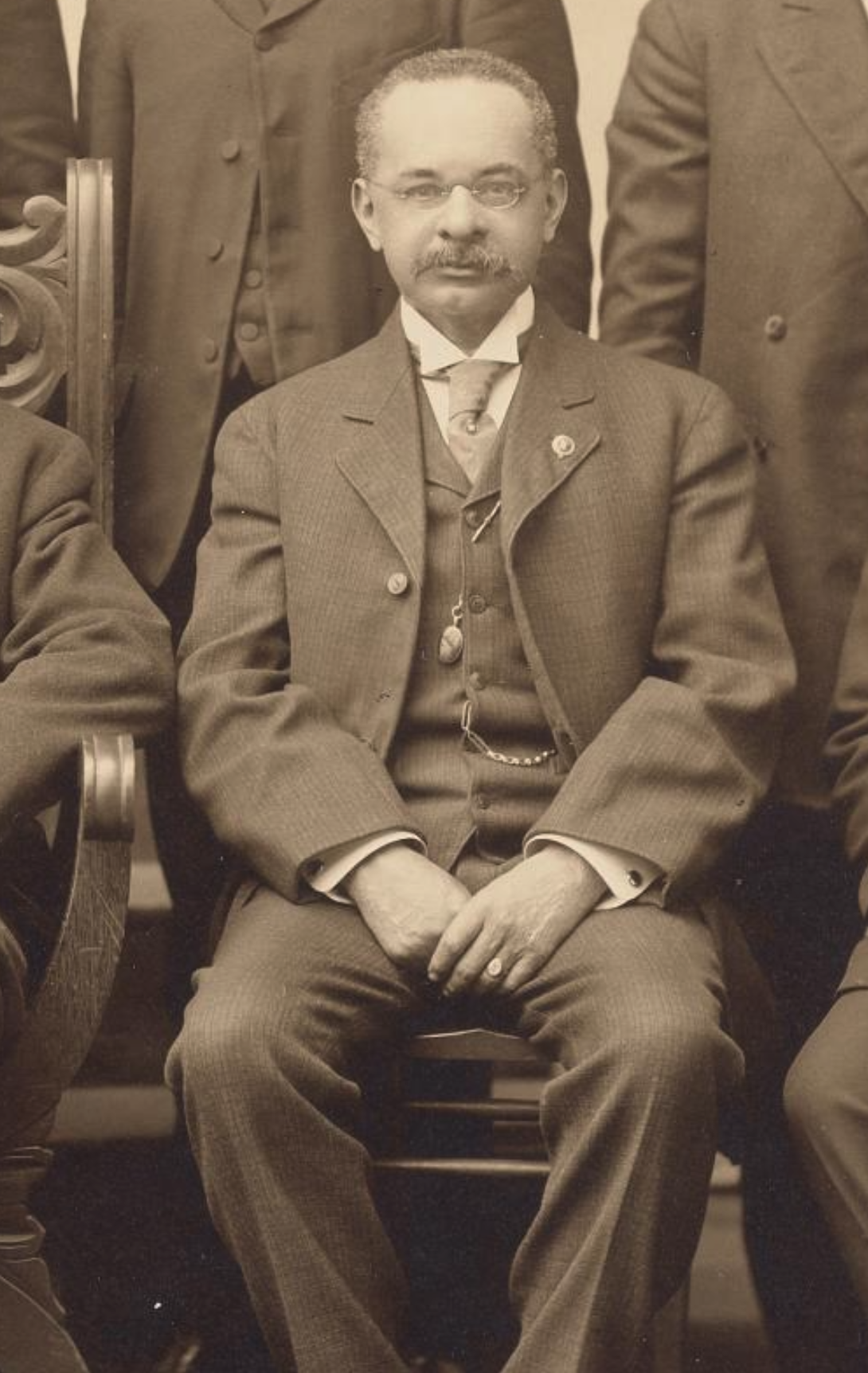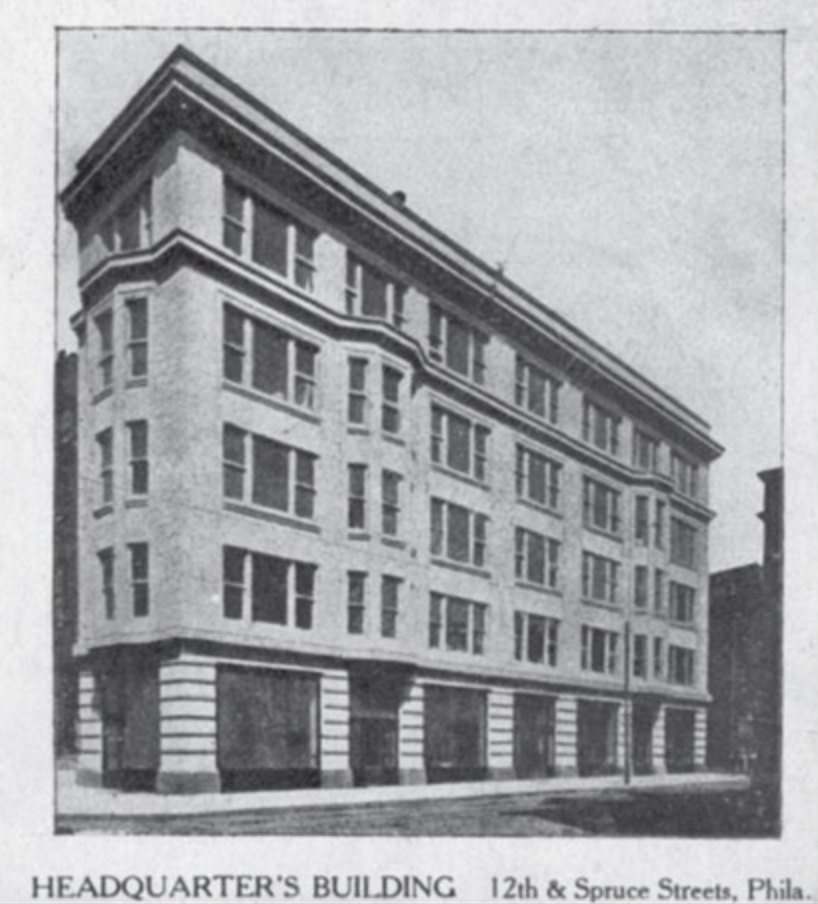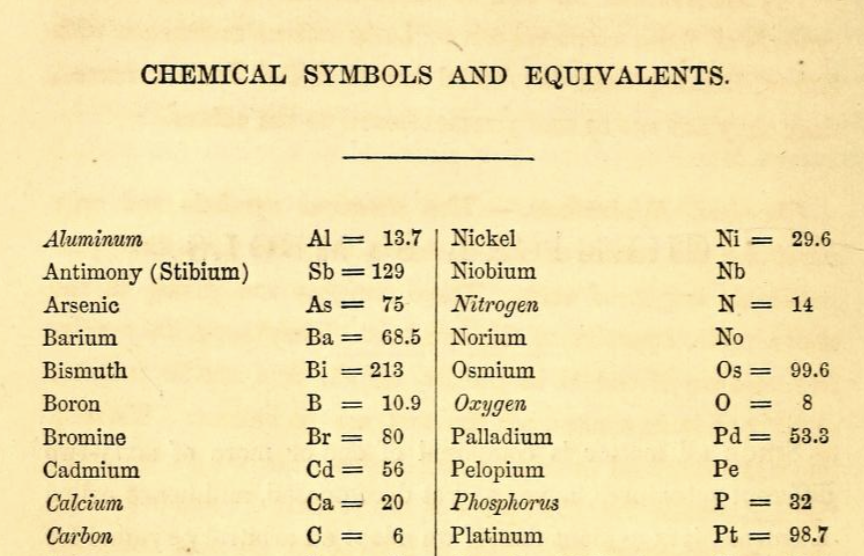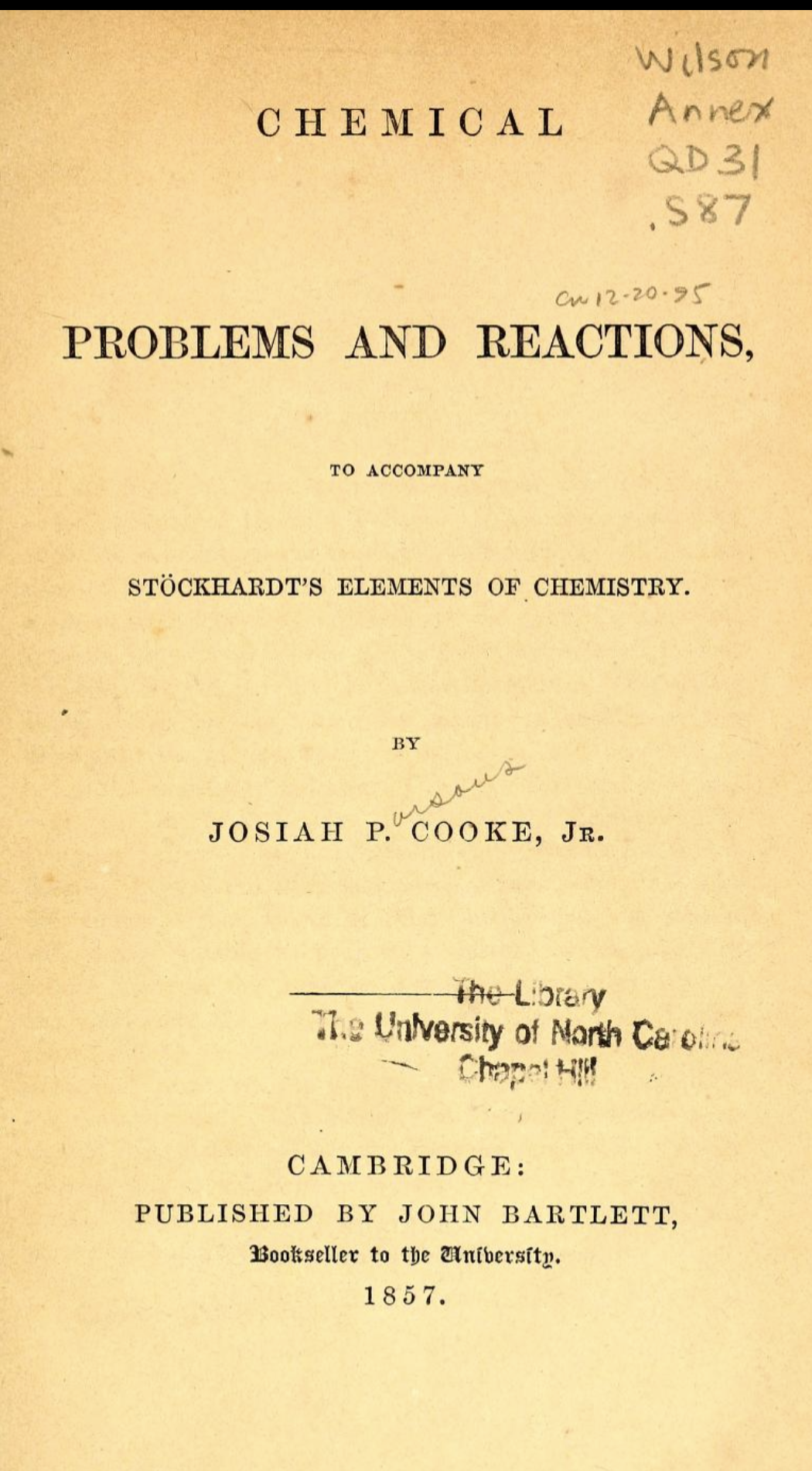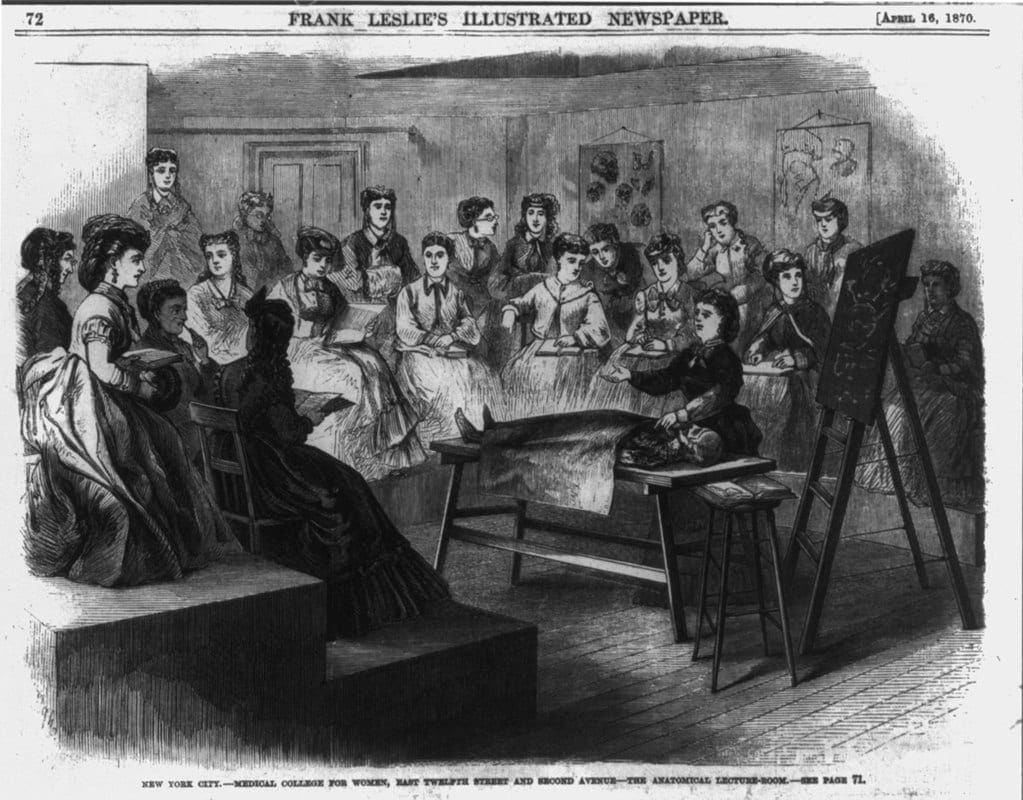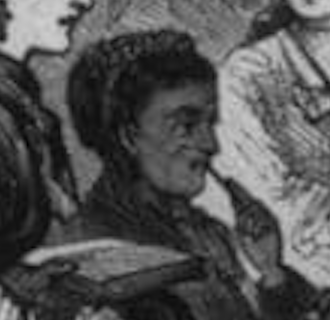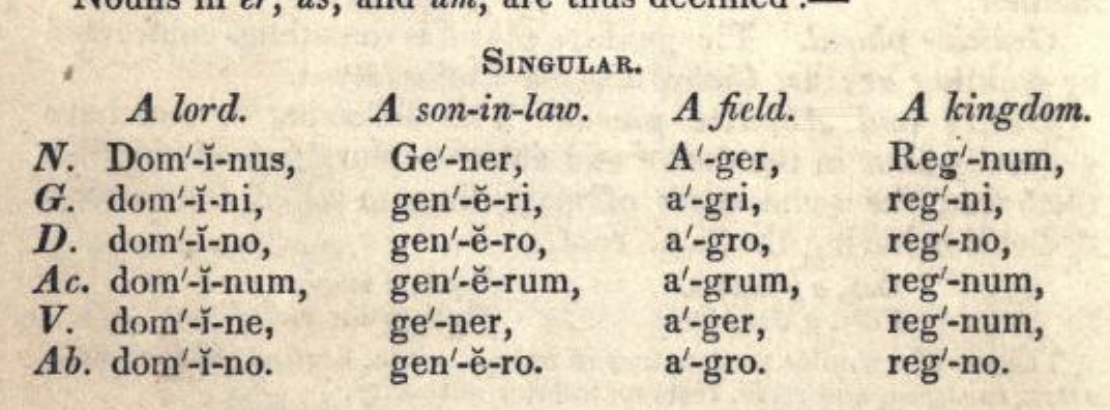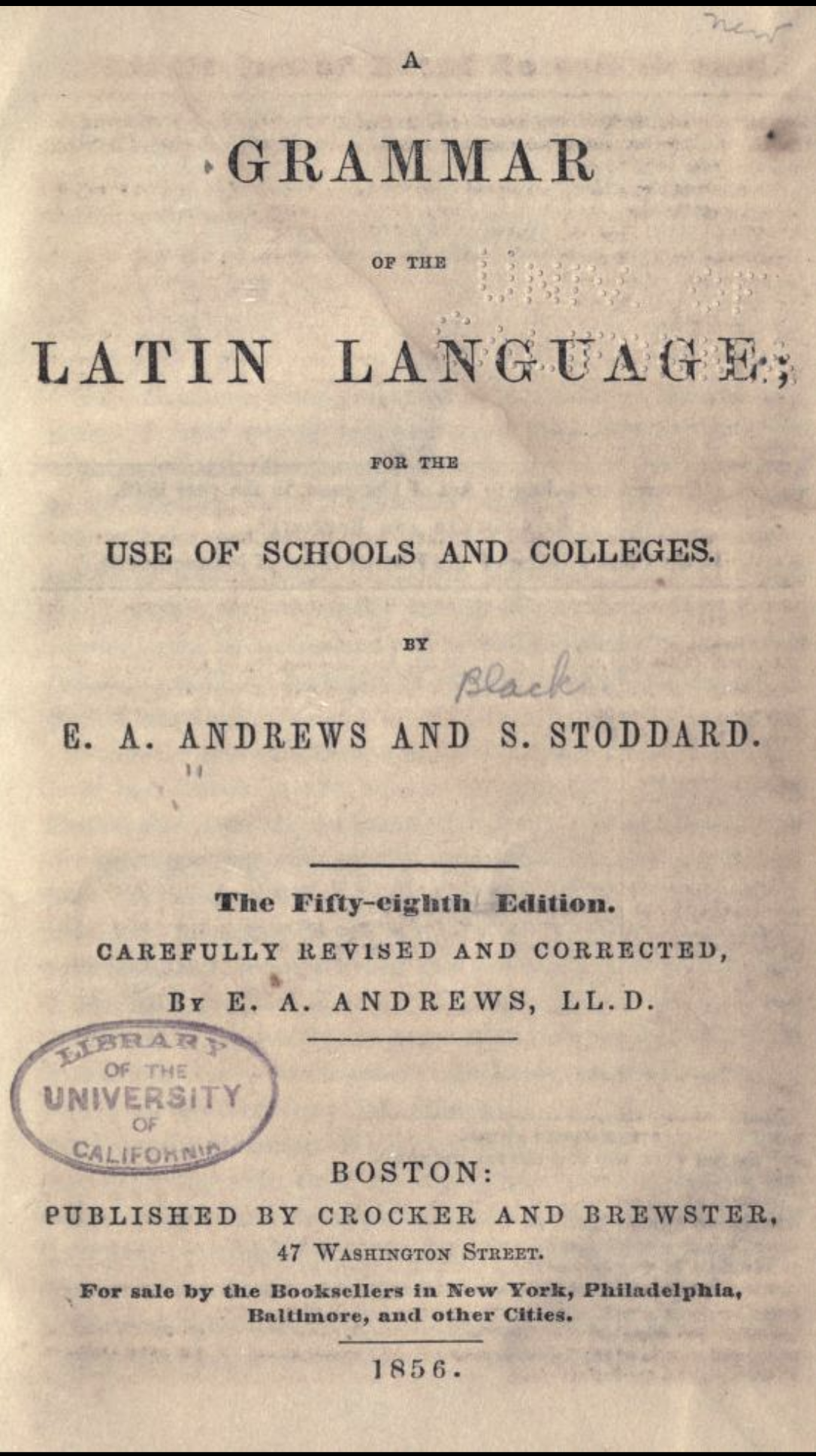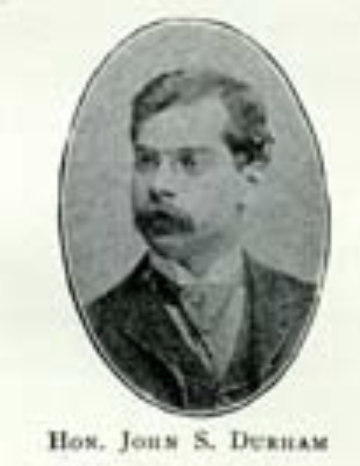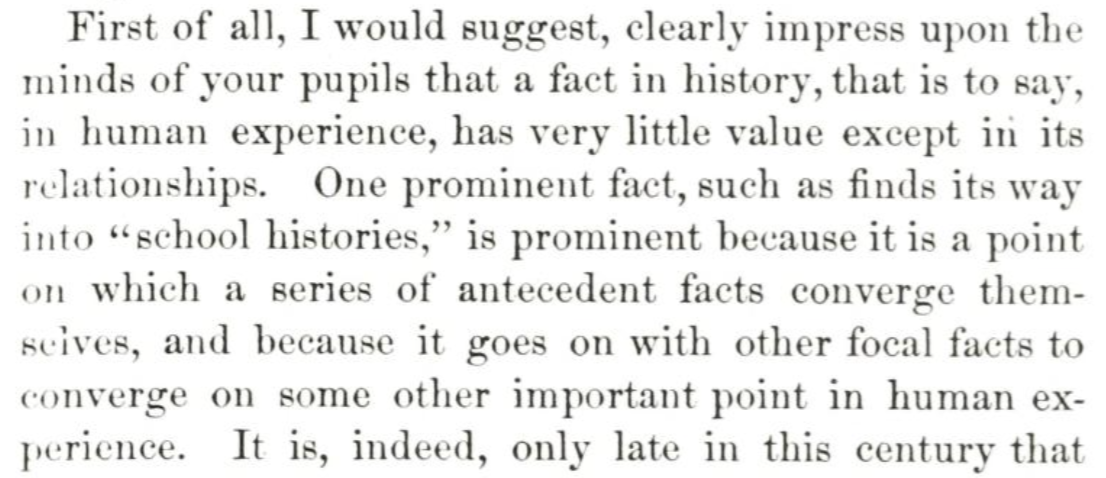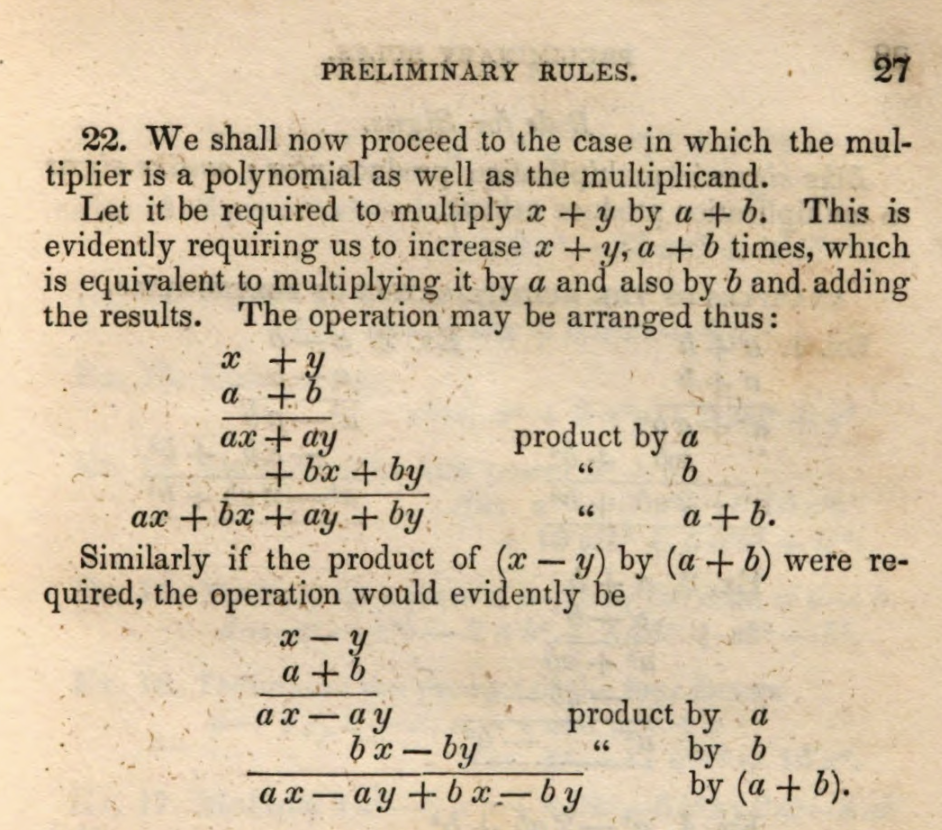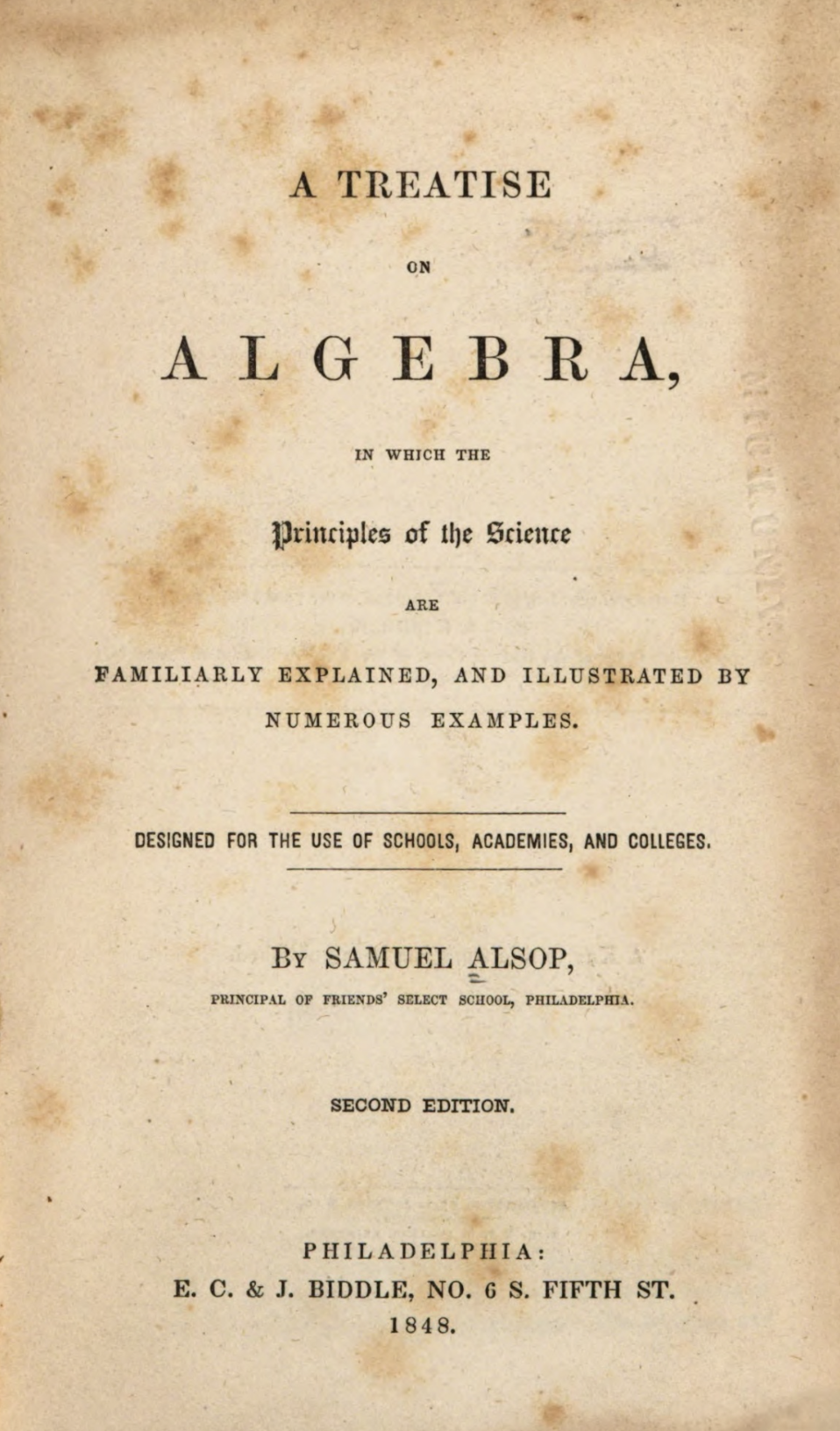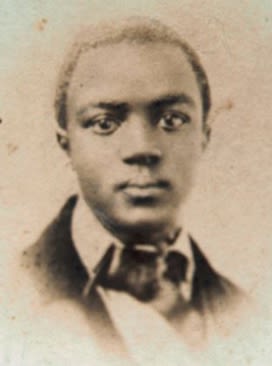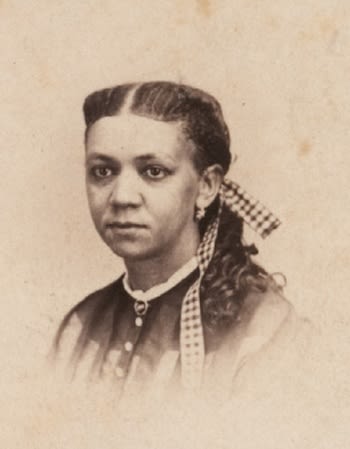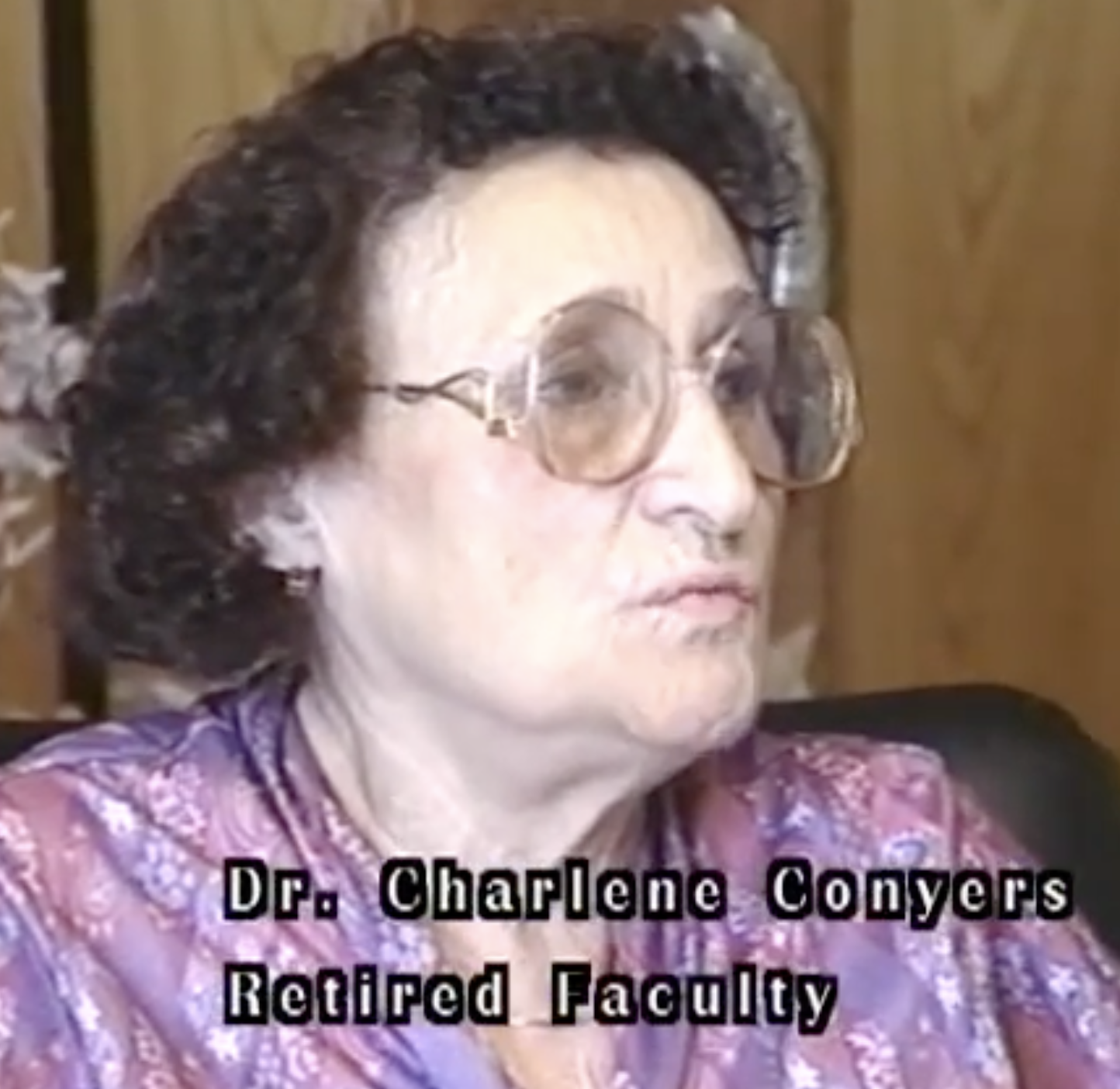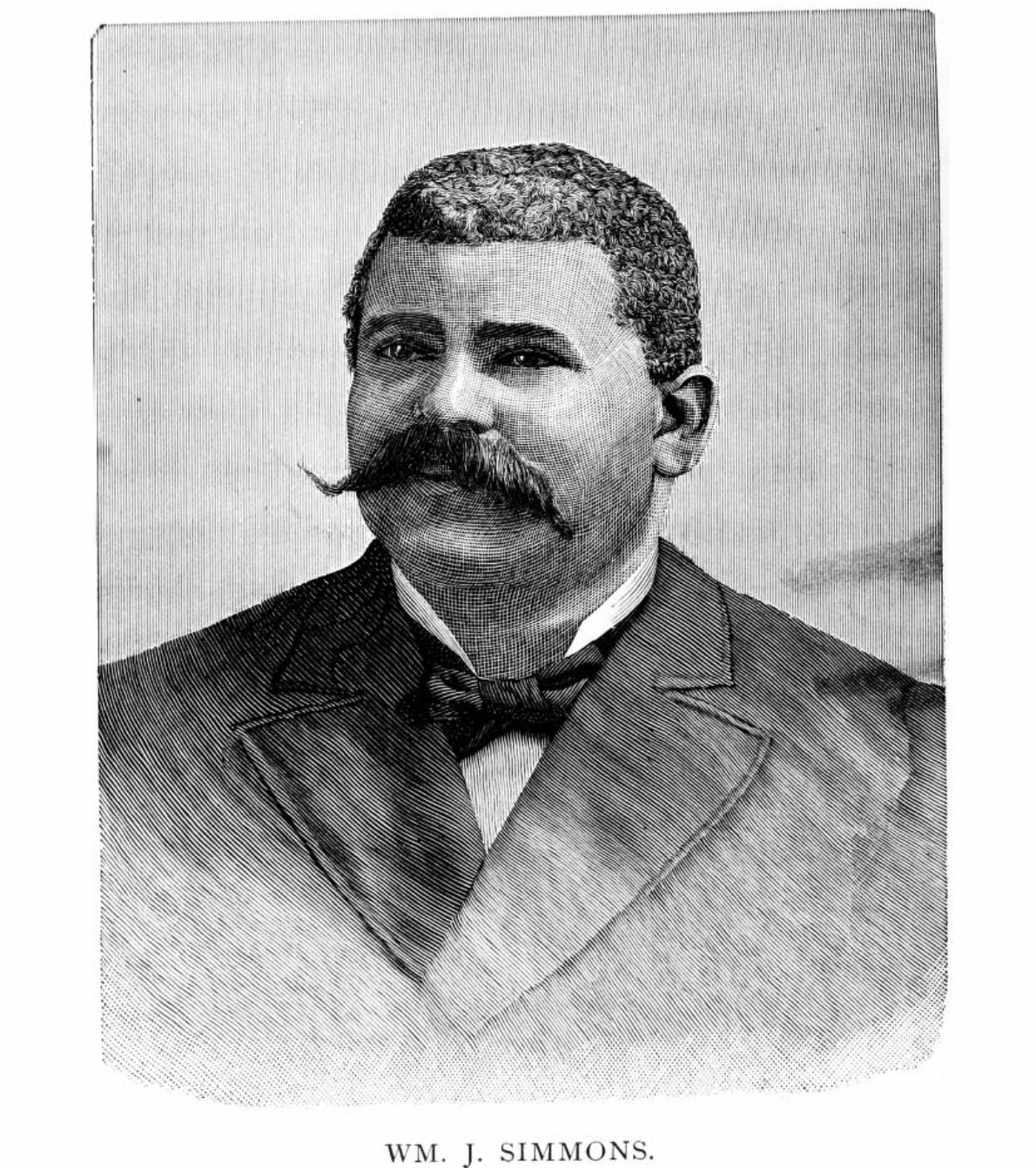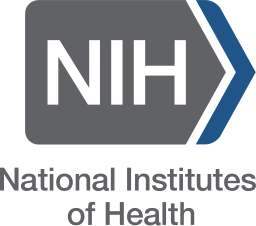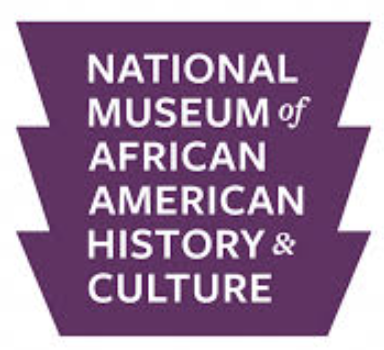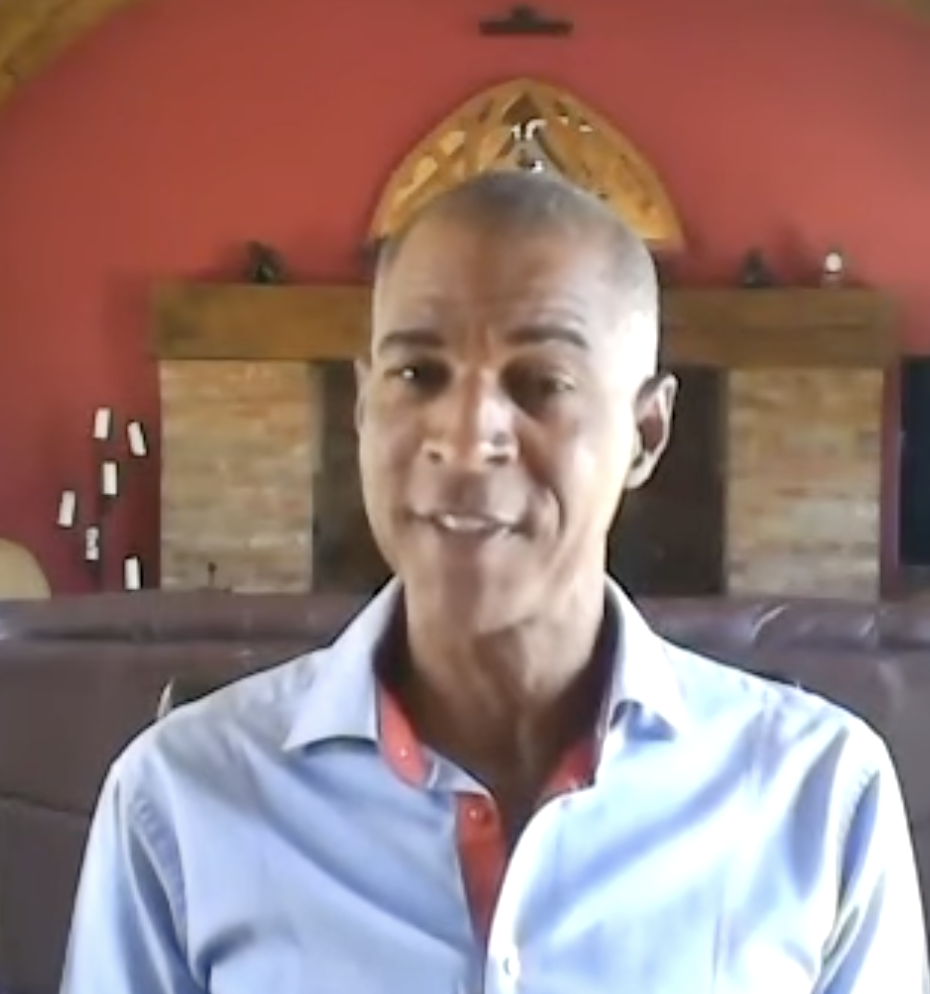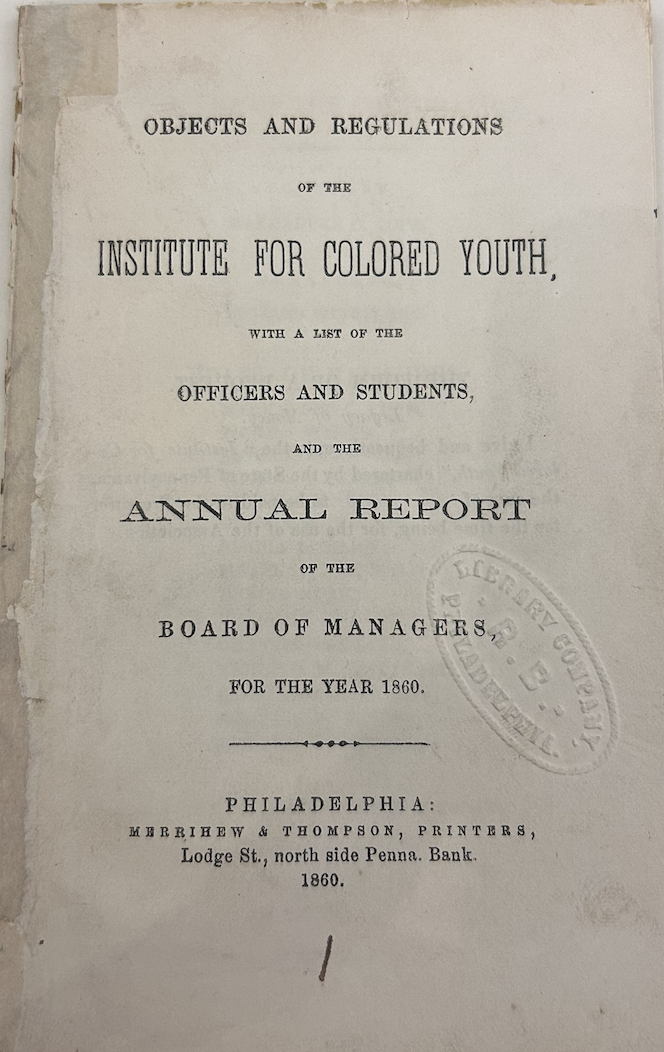Textbooks of
the Institute for Colored Youth
1860s
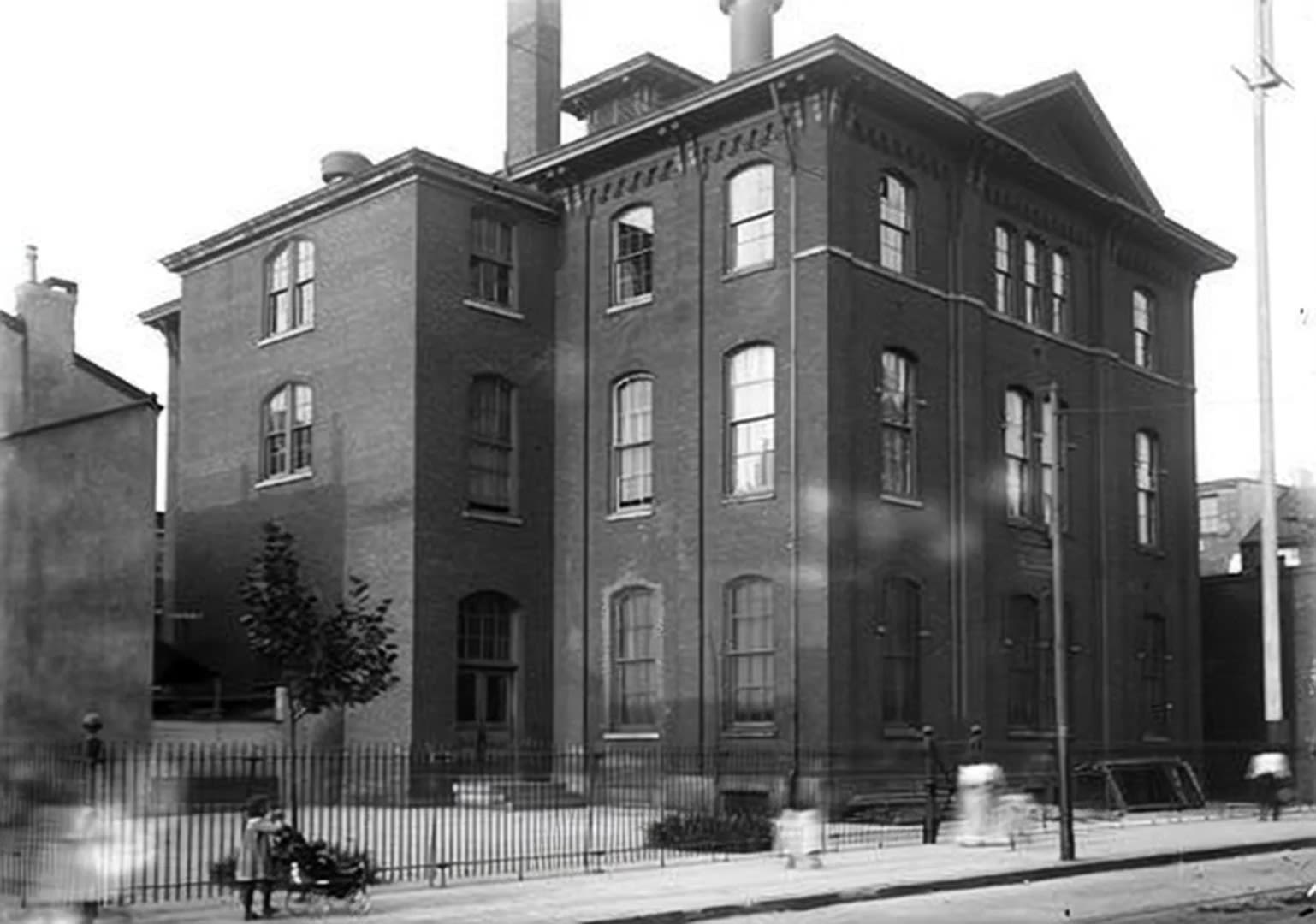
Introduction
We are excited to introduce the required reading of the Institute for Colored Youth through the voices and stories of the students who actually attended ICY. This exhibit brings together original required reading from the 1860 annual report and the powerful biographies recorded by Fanny Jackson Coppin, offering a unique window into what education looked like for Black youth at one of the nation’s most ambitious schools.
The required reading list of the Institute for Colored Youth, as preserved in its 1860 annual report, offers a window into one of the most ambitious Black educational projects in American history. At a time when the myth of Black intellectual inferiority was mainstream science, and the machinery of slavery still ruled much of the nation; ICY students were mastering Latin, Greek, advanced mathematics, chemistry, and philosophy. The original reports and reading lists featured in this exhibit reveal the uncompromising standards set for every student.
Page 10 Objects and regulations of the Institute for Colored Youth 1860
Page 10 Objects and regulations of the Institute for Colored Youth 1860
The graduates whose stories appear here, drawn from Fanny Jackson Coppin’s memoirs and biographical sketches, did more than defy expectation; they redefined what was possible. ICY alumni went on to become trailblazing doctors, lawyers, judges, and public school principals. Some became international leaders and diplomats; others led the Freedmen’s Bureau or established rigorous public education systems in Washington, DC. Its alumni went on to study and teach at institutions like Howard Law; the University of Pennsylvania; and Oberlin; building a pipeline of Black excellence that helped transform the nation.Their lives and achievements stand as evidence that brilliance and leadership could - and did - emerge from a community the world tried to keep on the margins.

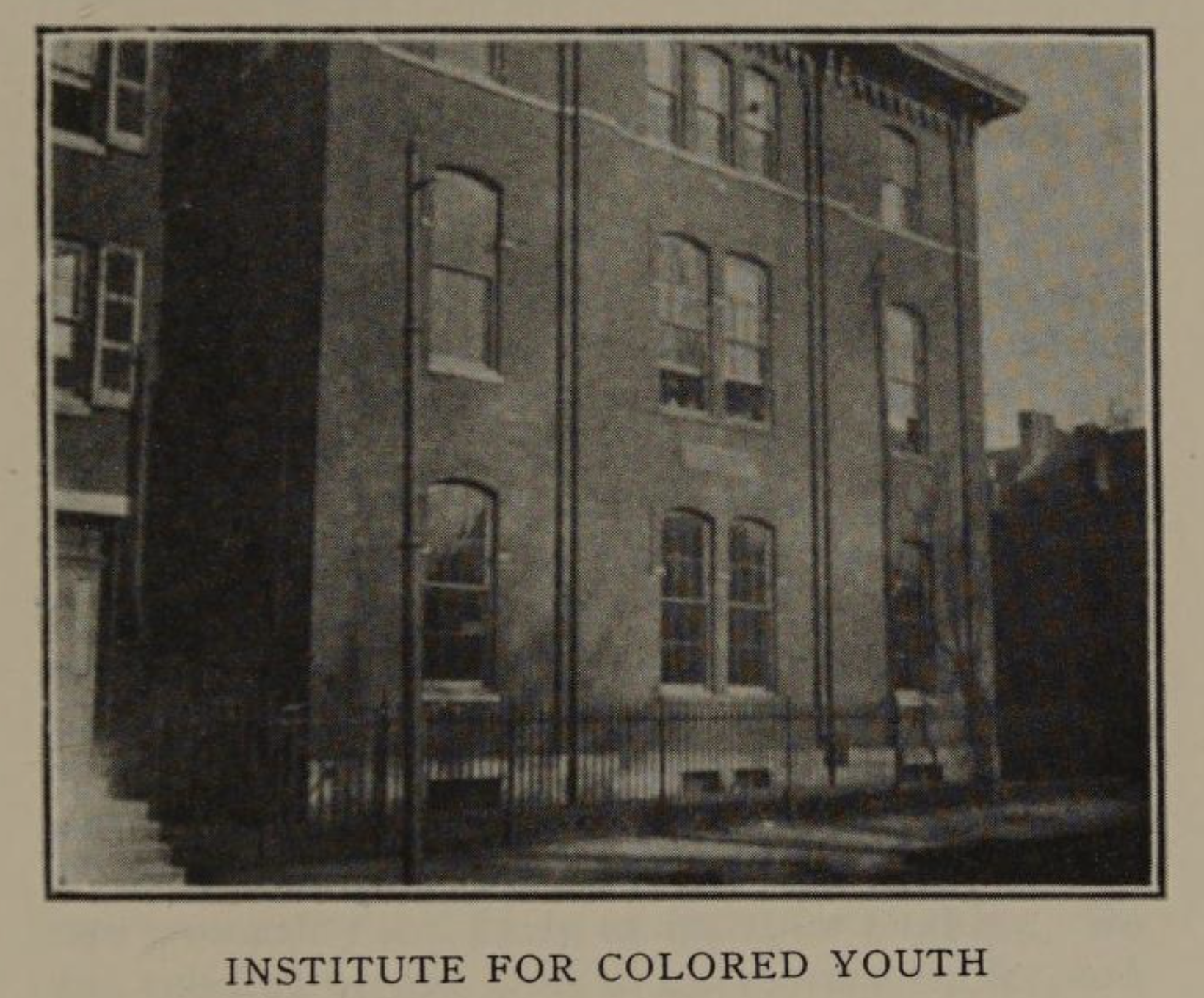

Philosophy
John Smythe, Class of 1862, is reading Philosophy from Elements of Intellectual Philosophy.
Image Public Domain
Image Public Domain
"Born 1844, in Richmond, Va. At the age of seven, Mr. Smythe was sent to Philadelphia to be educated. He attended private and public schools and graduated from the I. C. Y. in 1862. He was the first colored student admitted to the Academy of the Fine Arts in Philadelphia. He joined the life class when 16 years of age. Later he turned his attention to elocution. In 1862 (per Simmons this was 1865) he went to England in an attempt to see Ira Aldridge, the colored tragedian, who at that time was in Russia. He returned to America, studied law at Howard University, graduating in 1870. Was a clerk in the United States Treasury at Washington. Later he moved to Wilmington, N. C. From this State was sent as Minister Resident and Consul General to Liberia, West Africa. After 9 years of diplomatic service he returned to America. In 1892 he accepted the editorship of "The Reformer," a Negro weekly published in Richmond, Va. He soon became interested in the youthful Negro delinquents of his State, and the crowning act of his life was the establishment of the Manual Labor School of the Negro Reformatory Association of Virginia."(Coppin, 159). Also see Simmons in sources.
This drawing by John Smythe, a portrait of E.W. Bylden, appears in Men of Mark (1890).
A drawing by John Smythe of E.W. Blyden
A drawing by John Smythe of E.W. Blyden
Trigonometry
Cordelia Jennings, Class of 1861, is studying Trigonometry from Legendre’s mathematics textbooks.
Immediately after graduating ICY in 1860, at 17 years old, Cordelia Jennings started a primary school in Philadelphia. The school grew so much that within three years she had moved to a permanent location on Ohio street. The school was called the Ohio Street School and also the Colored Unclassified School (see Custis). The school was private but she successfully petitioned the City for the school to go public, which it did in 1865. "So great was the increase of pupils that the services of three additional teachers were needed" (Coppin, 180). Jennings was joined by Caroline R. Le Count, Mary V. Brown and Mary H. Matthews, all ICY graduates. Thus young Black women from ICY built and ran a private school that became a Philadelphia public school. (Coppin, 180). The school still exists - the Octavius V. Catto school.
Latin
Pliney Ishmael Locke, class of 1867, is studying Latin from Julius Caesar’s Commentaries on the Gallic War.
Later in life, Locke became a pioneer educator and civil servant. Born in 1850, Pliny Locke was the eldest son of Ishmael Locke, ICY’s first principal. He taught in Tennessee for the Freedman’s Bureau, instructed at ICY, and earned his law degree at Howard University 🏛️. Locke became the first Black civil service appointee in the clerkship second auditor's office, Treasury Department, in Washington, DC. He was also the "first colored appointee under the local civil service to clerkship money order department at the Philadelphia postoffice" (Coppin, 145). He served as Principal of the colored school in Chester, PA. He is also the father of Alain LeRoy Locke, the “Father of the Harlem Renaissance.”
Alain Leroy Locke, Image Public Domain
Alain Leroy Locke, Image Public Domain
Natural Philosophy (Mechanical Technology)
Caroline Still, Class of 1865, is studying Natural Philosophy (Mechanical Technology) from An Introduction to Natural Philosophy.
Caroline Still was the daughter of William Still, the "Father of the Underground Railroad." She grew up in Philadelphia watching and participating in the important work of helping people start new lives of freedom after escaping enslavement. She graduated ICY when she was only 15 years old, and continued her studies at Oberlin, where she was the youngest graduate in her class in 1868. Later in life, Still became one of the first Black female doctors in Pennsylvania 🩺. Her second husband, Matthew Anderson founded the Berean Presbyterian church, which still stands on Broad street. She helped him start the Berean Manual Training and Industrial school where she taught physiology and was assistant principal. A new mural portraying portrays Caroline and her father William, has been erected at her family home on S. Delhi street, right next door to the ICY building (Temple).
Photo courtesy Mural Arts Philadelphia
Photo courtesy Mural Arts Philadelphia
Greek Grammar
James Needham, Class of 1862, is studying Greek from A Greek Grammar: For the Use of Schools and Colleges.
Photo Courtesy NMAAHC https://nmaahc.si.edu/object/nmaahc_2018.59.1
Photo Courtesy NMAAHC https://nmaahc.si.edu/object/nmaahc_2018.59.1
James Needham was the son James Needham Sr., a member of the Vigilant Committee of Philadelphia. The Vigilant Committee was created to provide assistance to people escaping from enslavement in the South. Like Caroline Still, James Jr. grew up in environment of community service. After graduating ICY, Needham became a teacher in Chester, PA and at ICY. He became a leader in Philadelphia city government. As Deputy Collector of Taxes, he helped modernize how the city managed its finances. As the Grand Secretary of the Philadelphia Oddfellows, he helped fund the building of the Oddfellows hall on 12th and Spruce, a building that still stands today (Coppin, 148).
Oddfellows Buildling, Image Public Domain
Oddfellows Buildling, Image Public Domain
After graduating from ICY, Rebecca Cole broke new ground as the first Black woman to graduate from the Woman’s Medical College in Philadelphia, and the second Black woman in United States to become a doctor. "Cole went on to practice in South Carolina, then returned to Philadelphia, and in 1873 opened a Women's Directory Center to provide medical and legal services to destitute women and children. In January 1899, she was appointed superintendent of a home run by the Association for the Relief of Destitute Colored Women and Children in Washington, D.C."(NIH)
Latin Grammer
John Stephens Durham, Class of 1876, is studying Latin from A Grammar of the Latin Language.
Page 144, Coppin
Page 144, Coppin
John S. Durham is a relative of Mother Bethel AME early leader Clayton Durham. The Durhams are of Nanticoke Lenni Lenape heritage. After ICY, he began a career as a reporter at the Philadelphia Press and the Philadelphia Times. He was Assistant Editor of the Evening Bulletin. He continued his studies in Science, graduating with a BA in Science and Civil Engineering from the University of Pennsylvania. He passed the bar becoming a lawyer. He later became U. S. Consul to San Domingo, and then U. S. Minister to Haiti. "That Mr. Durham was given the Ministership to Haiti when he was quite a young man and with but little experience at that time in public affairs is an evidence of the fact that he is a man of unusual learning and strength of character" (Coppin, 162). Later in life he taught at Tuskegee and Fisk Universities and wrote a book on teaching Black history called To Teach the Negro History: A Suggestion.
Page 7 from To Teach the Negro History; A Suggestion
Page 7 from To Teach the Negro History; A Suggestion
Algebra
Jesse Ewing Glasgow, Class of 1856, first graduate of ICY, is studying Algebra Higher Algebra through Logarithms - Alsops Treatise.
Photo courtesy the Historical Society of Pennsylvania
Photo courtesy the Historical Society of Pennsylvania
Jesse Glasgow was lauded by his teachers and students as a brilliant mind. He pursed higher level studies abroad at the University of Edinburgh, a world-class institution in Scotland. "Just as fast as they gave the problems, Jesse put them on the board with the greatest ease" (Coppin, 21). Glasgow "left before his graduation and was given a certificate of proficiency by the Principal and Managers of the I. C. Y. He was well enough grounded in Greek, Latin, Philosophy and the higher mathematics to matriculate at *Glasgow University, Scotland, in 1856. At this ancient seat of learning he pursued his studies for nearly four years and died before his graduation. He ranked high as a scholar, and while at the Scottish University excelled in both Mathematics and Literature." (Coppin, 157). In the same year that his passed away, 1860, he published a treatise on John Brown's Harper's Ferry raid: The Harpers Ferry insurrection: being an account of the late outbreak in Virginia, and of the trial and execution of Captain John Brown, its hero.
*The University of Edinburgh
Sources
|
Author |
Work |
Section(s) |
|
|
Fanny Coppin Jackson Coppin, F. J., & Haley, S. P. (1995). Reminiscences of school life, and hints on teaching. Prentice Hall International. |
All |
|
|
Charlene Conyers Conyers, C. F. (1960). A history of the Cheyney State Teachers College, 1837-1951. |
All |
|
|
Rev. W.J. Simmons |
Smythe |
|
|
Temple University |
Still |
|
|
NIH.Gov |
Cole |
|
|
The Sub-Committee of Management and Counsel of the Grand United Order of Odd Fellows (1907-1908), National Museum of African American History and Culture |
Needham |
|
|
Eddy Smyth Eddy Smyth https://www.youtube.com/watch?v=bL2TJDmkb6g |
Smythe |
|
|
Institute for Colored Youth Institute for Colored Youth. Objects and regulations of the Institute for Colored Youth. Philadelphia: Merrihew & Thompson. 1860. Accessed at Library Company of Philadelphia. Am 1860 Phi Ins 52832.O .1 |
All |

